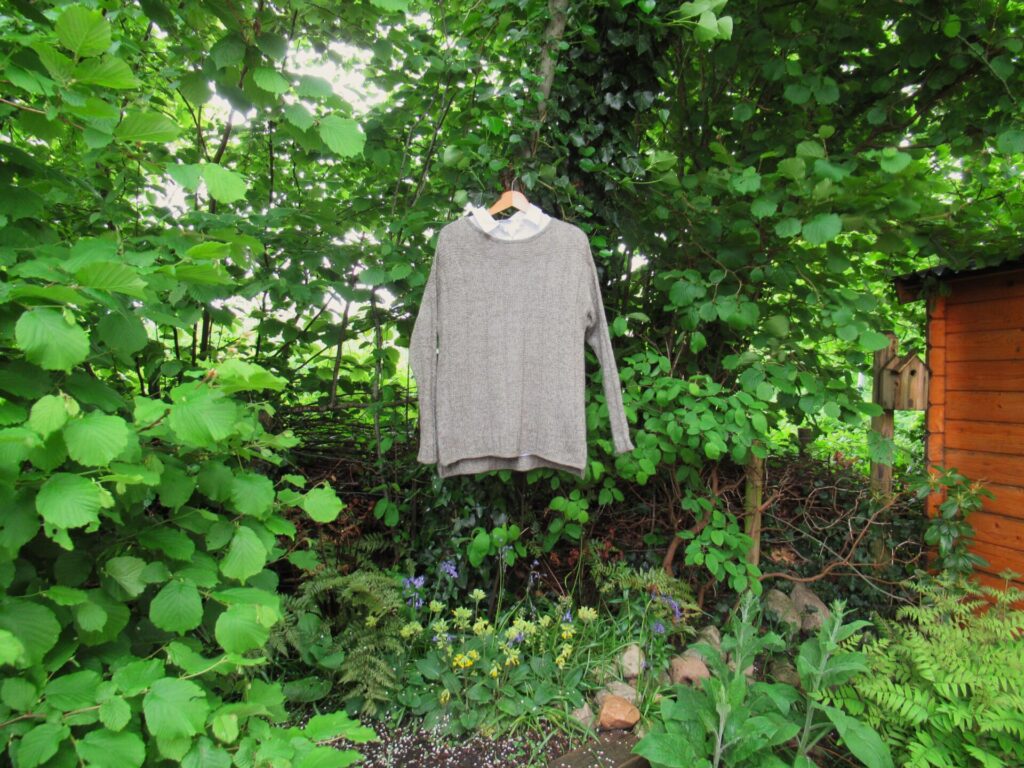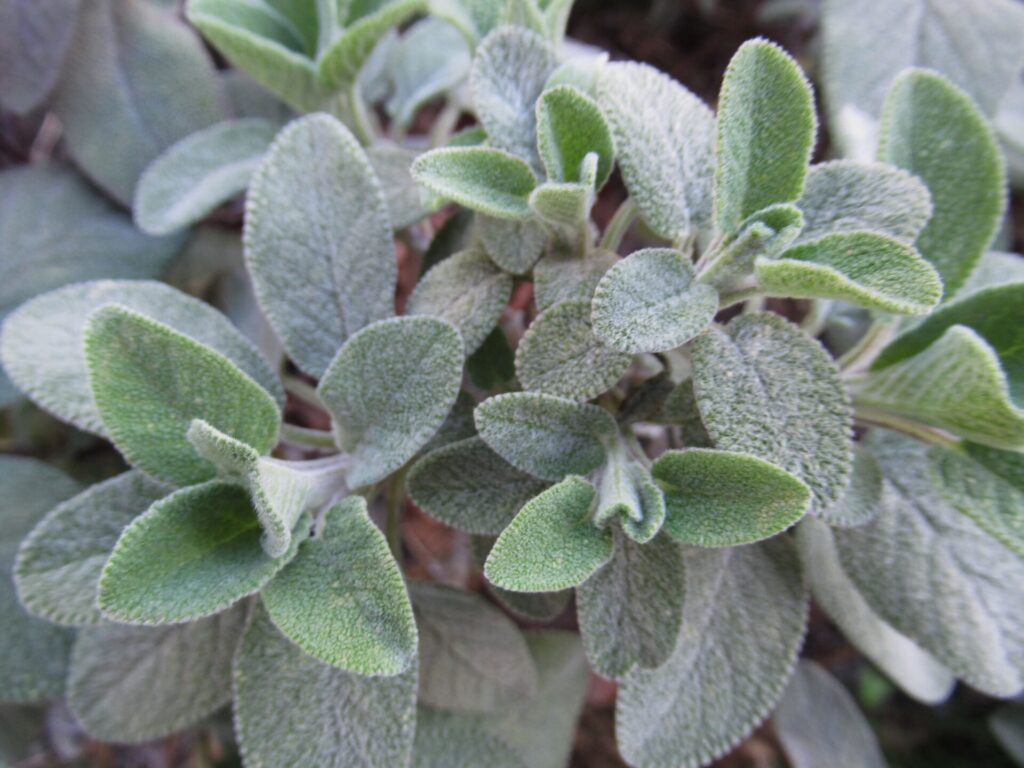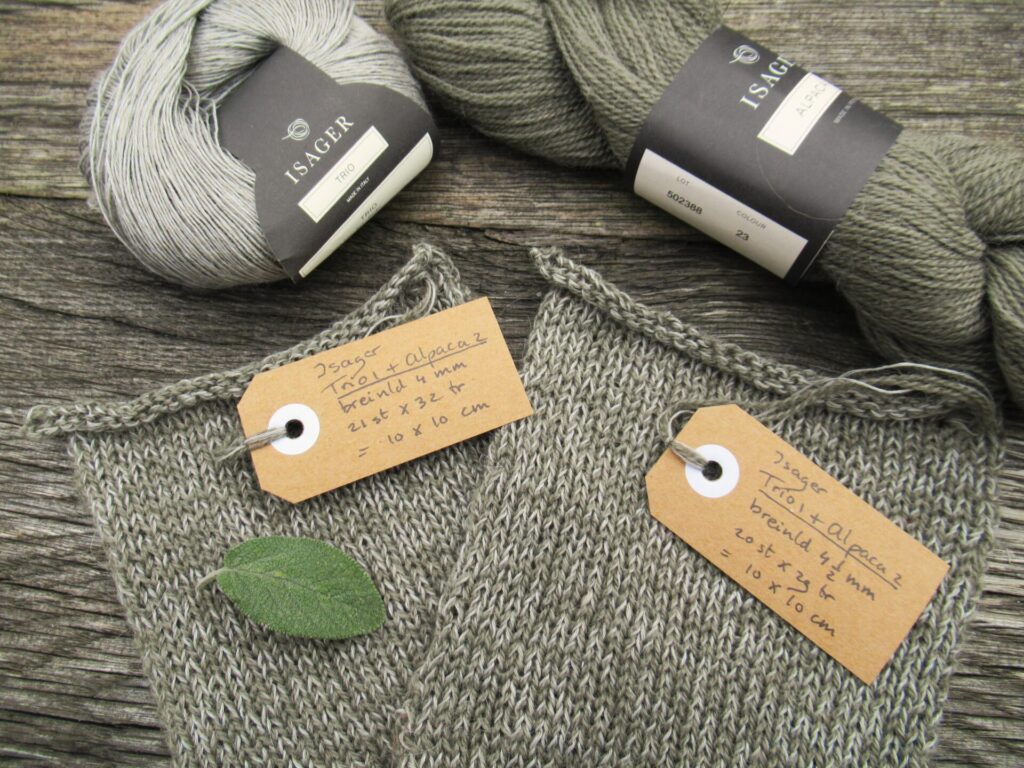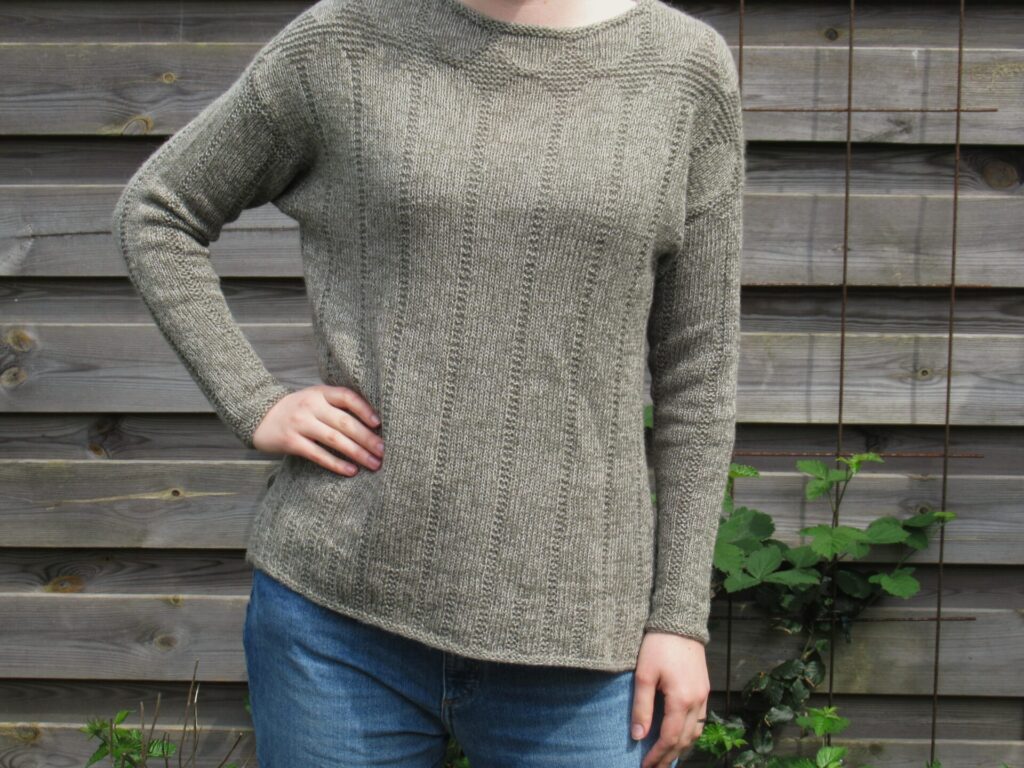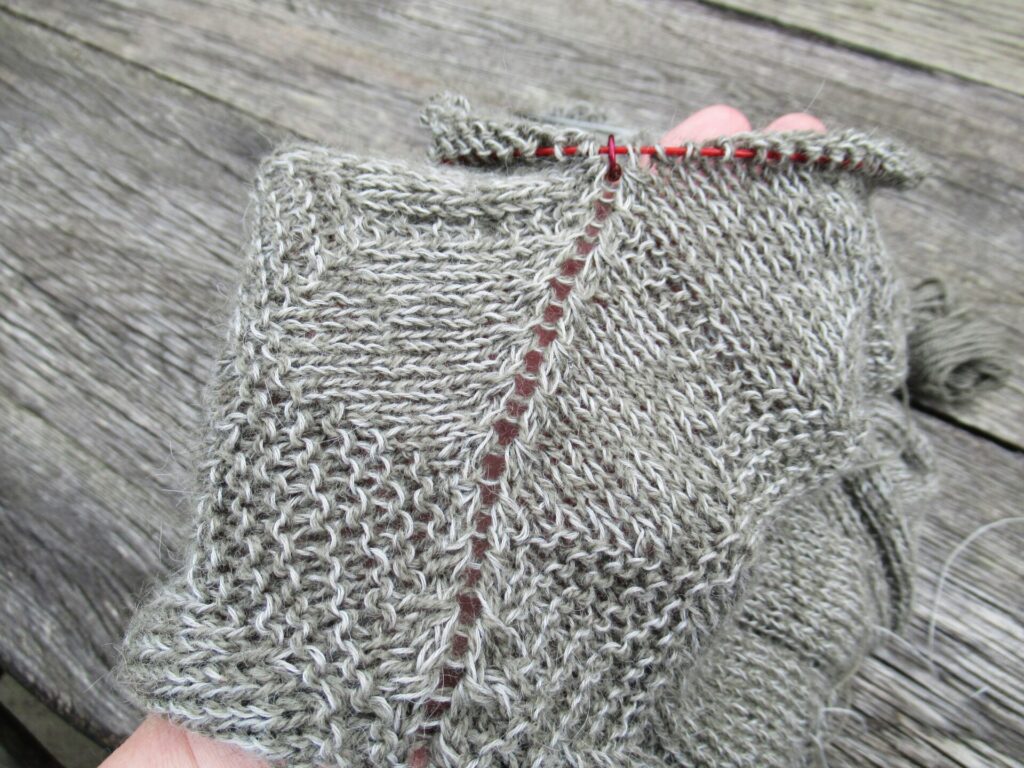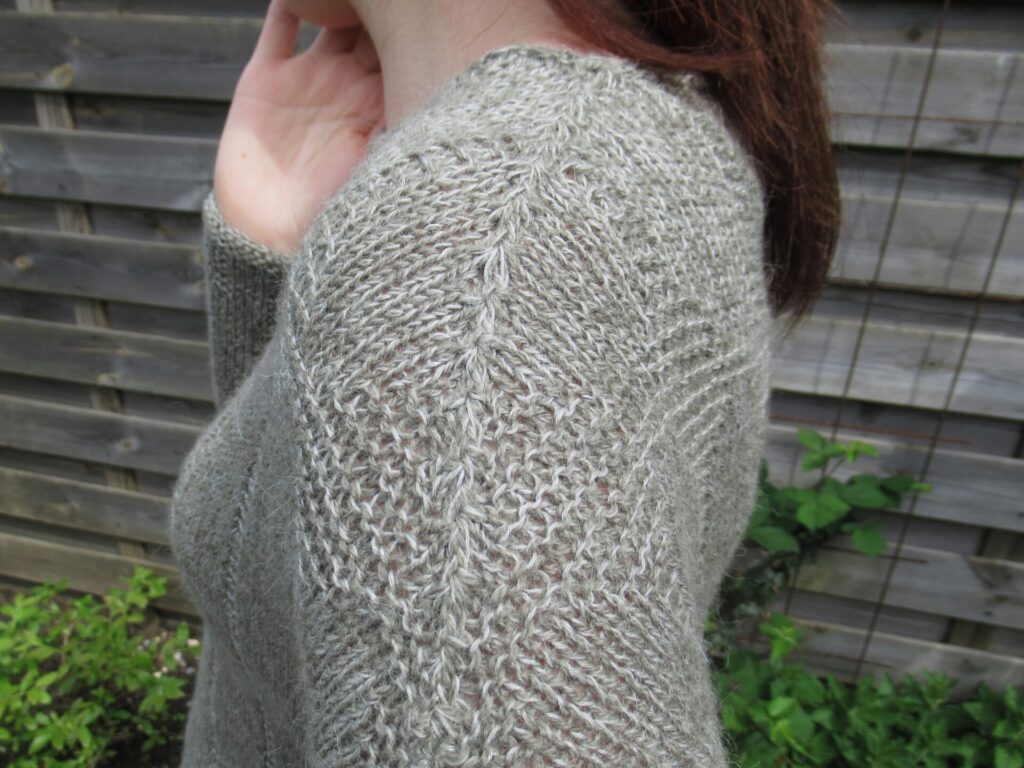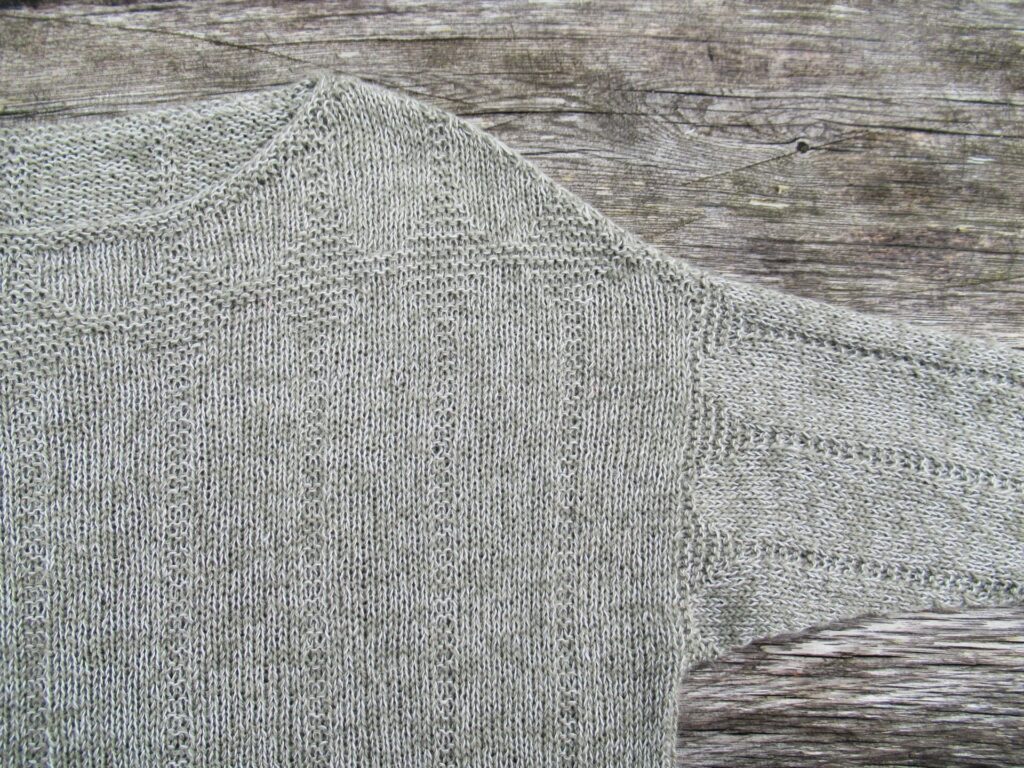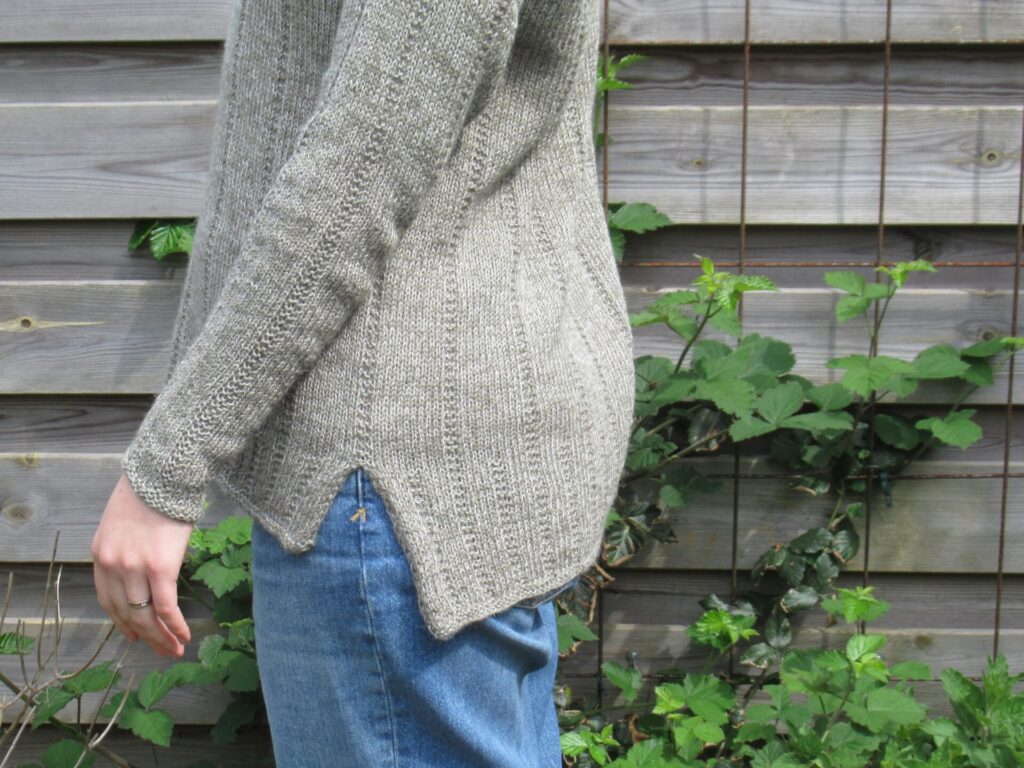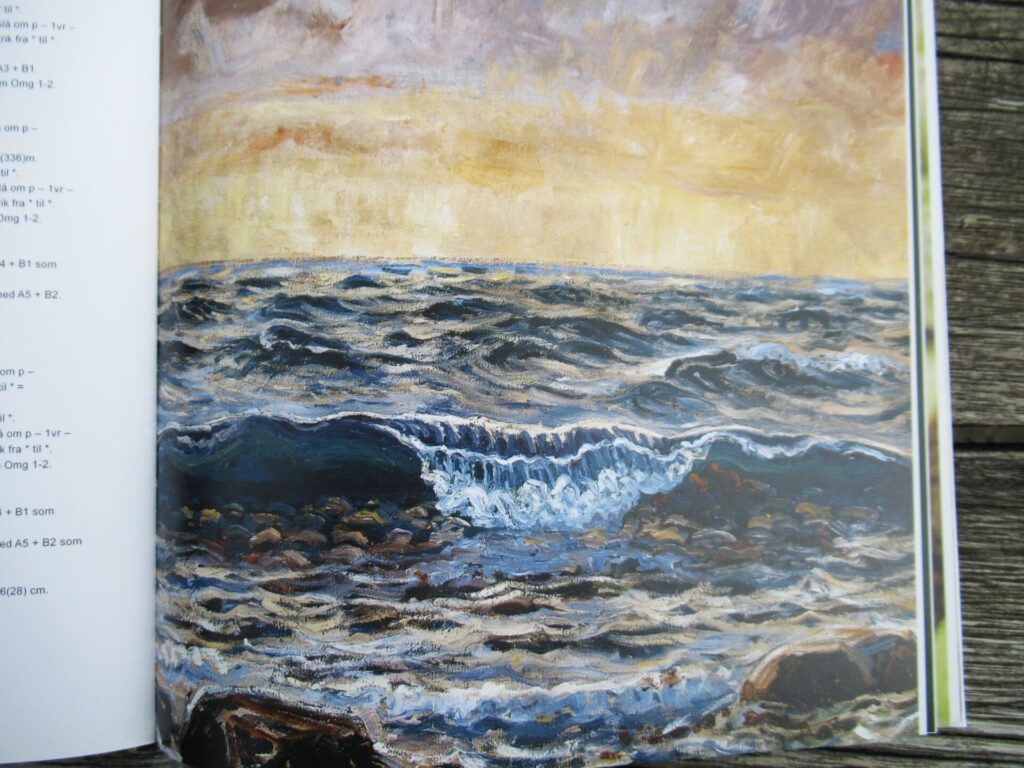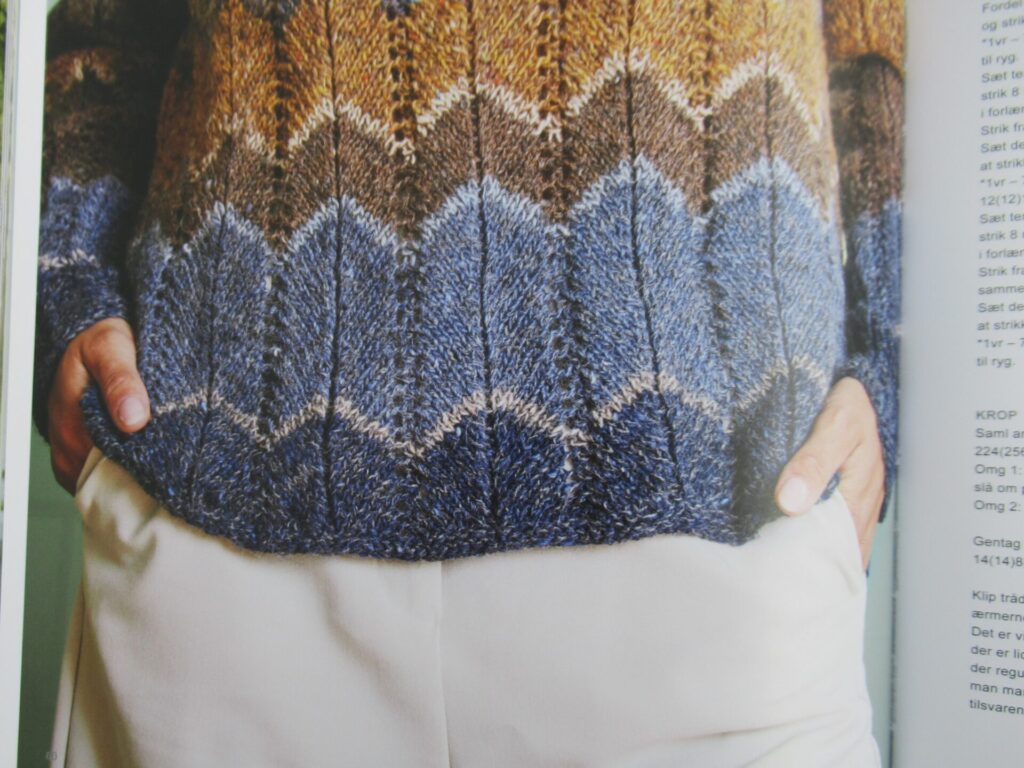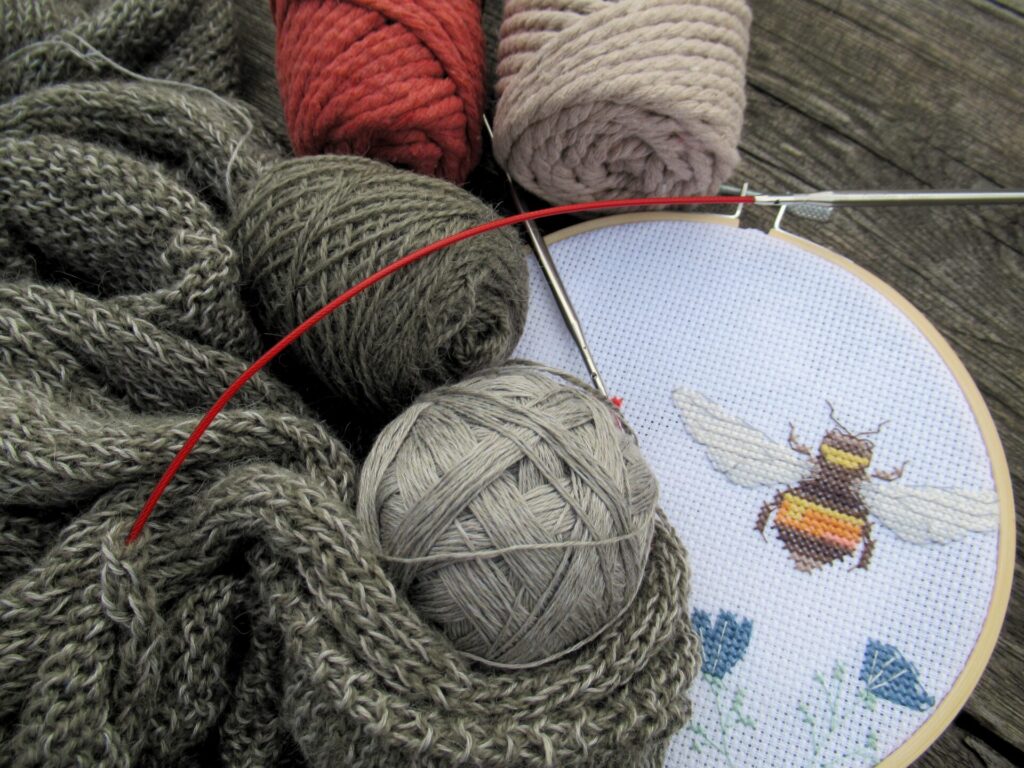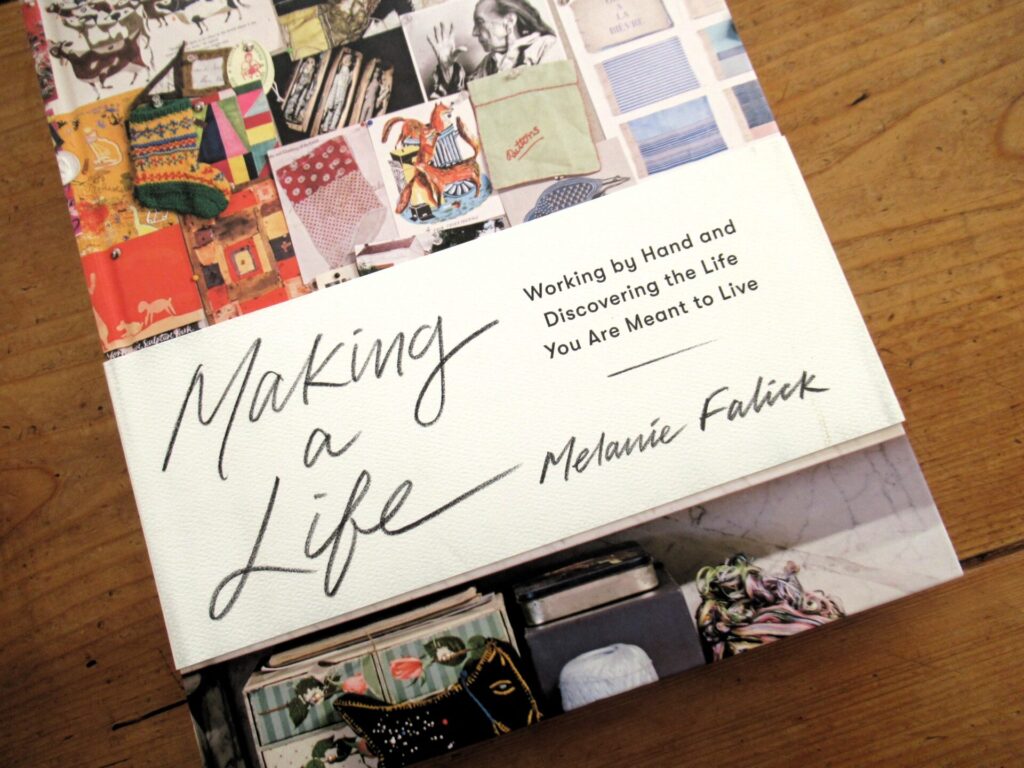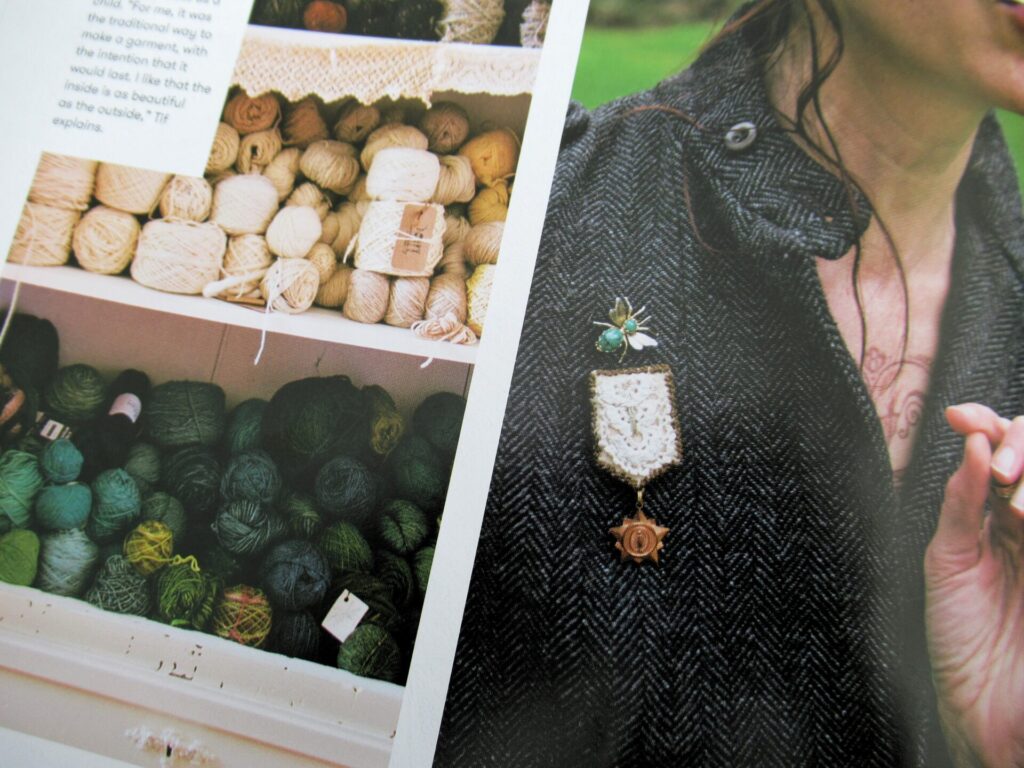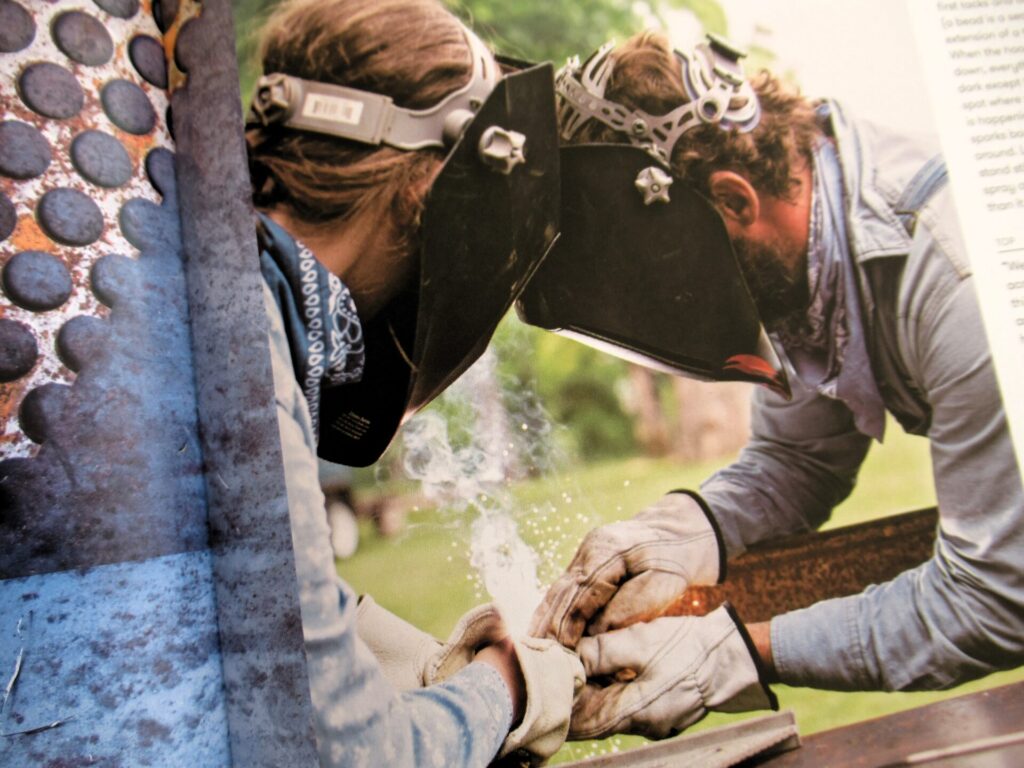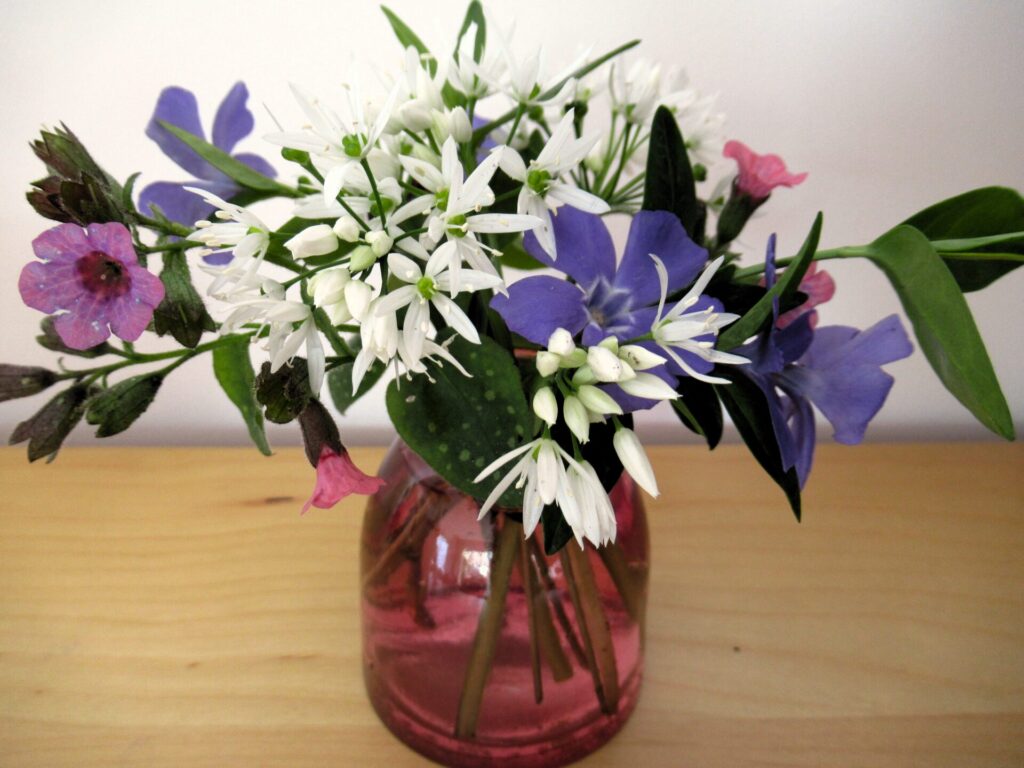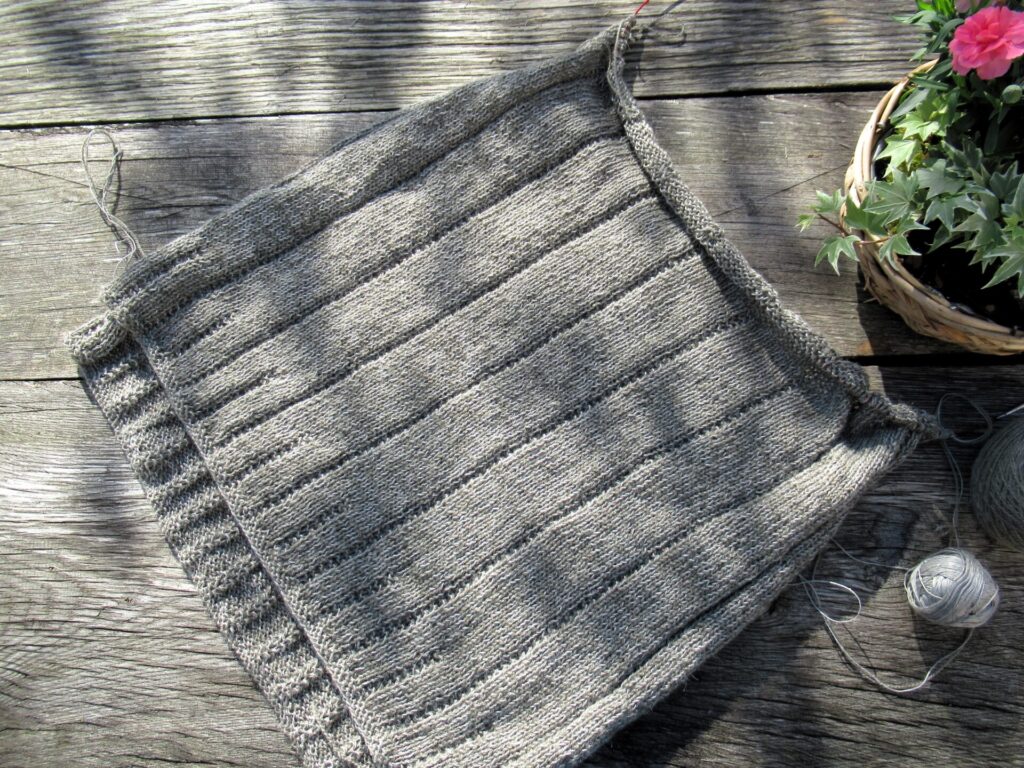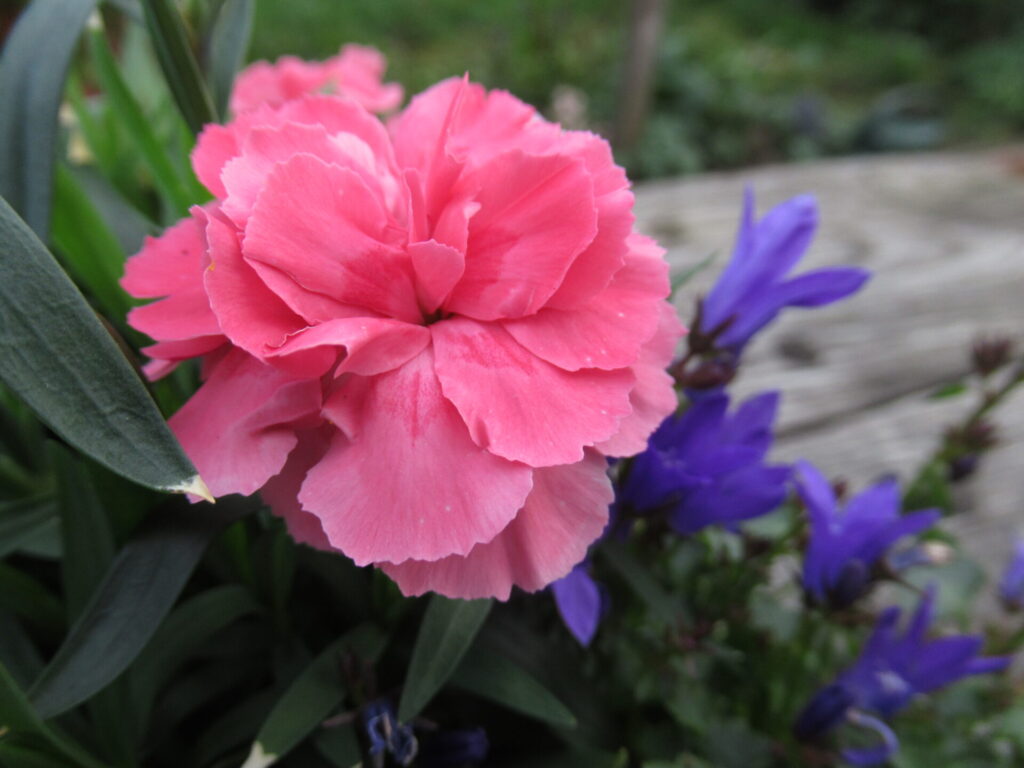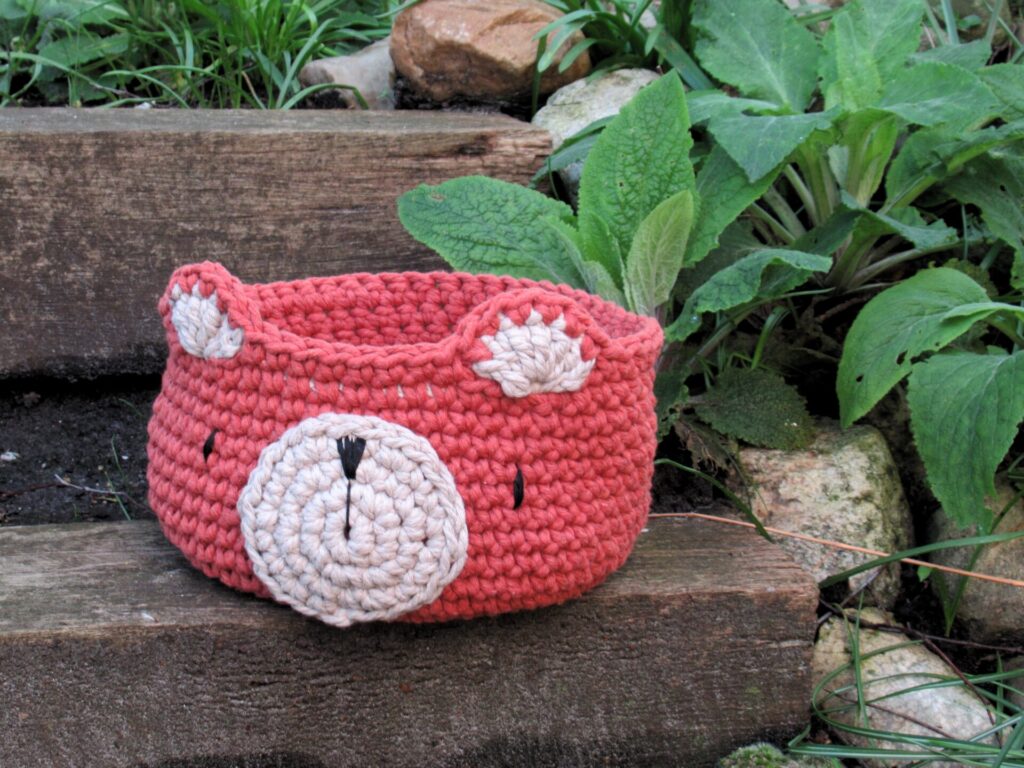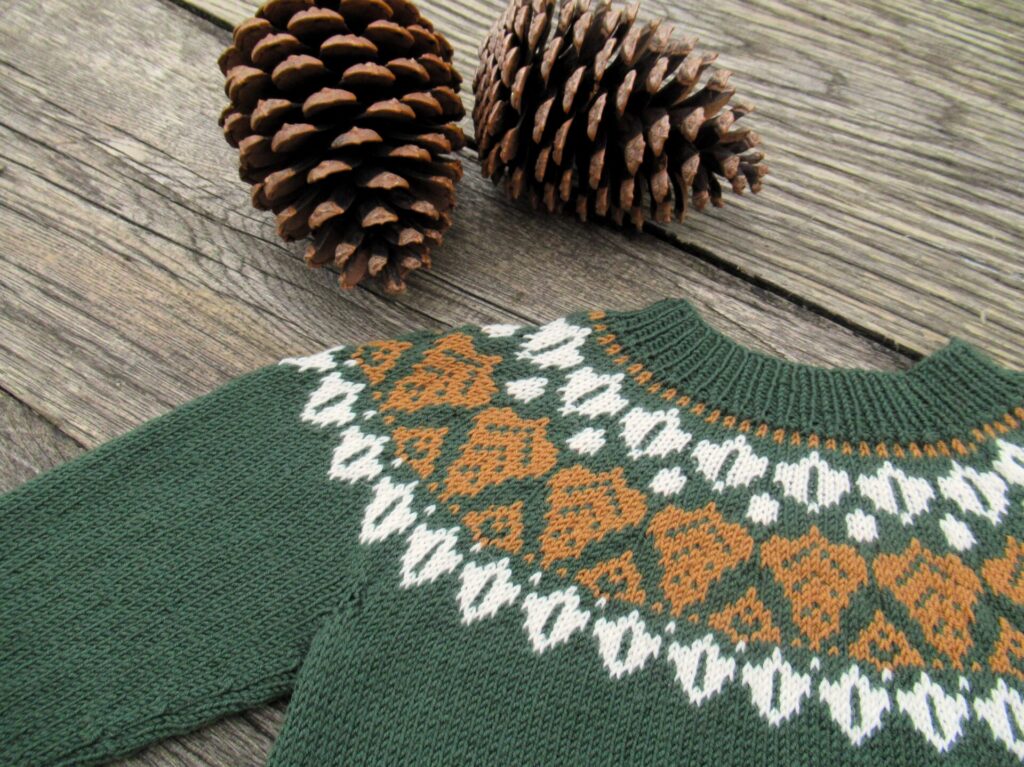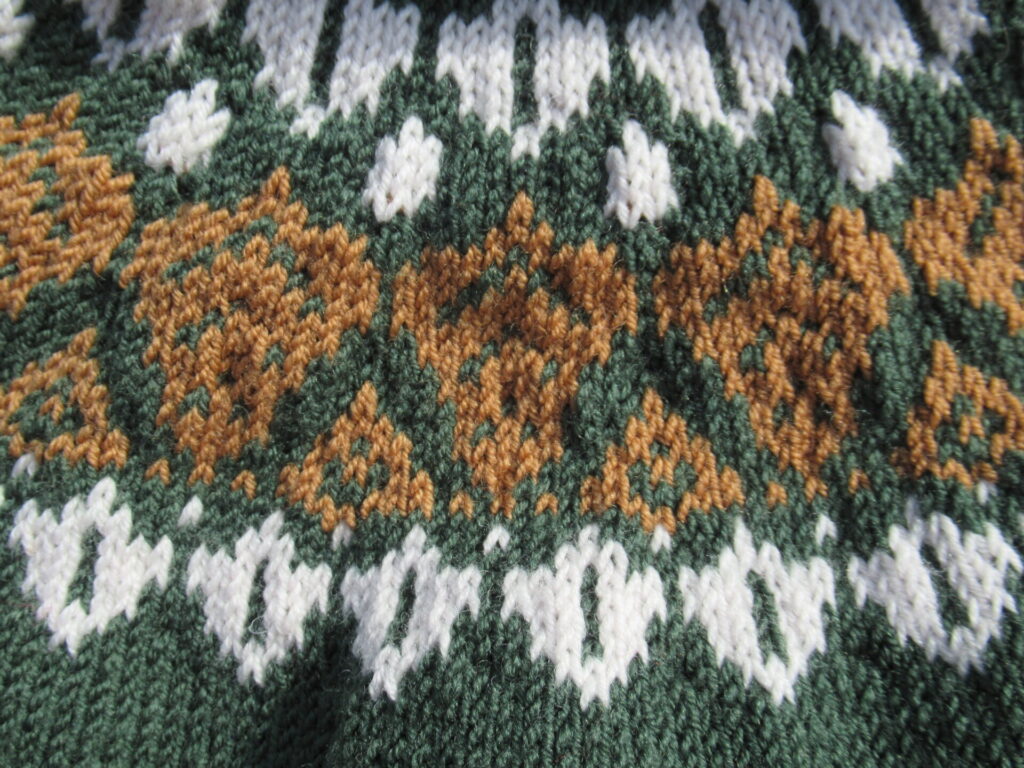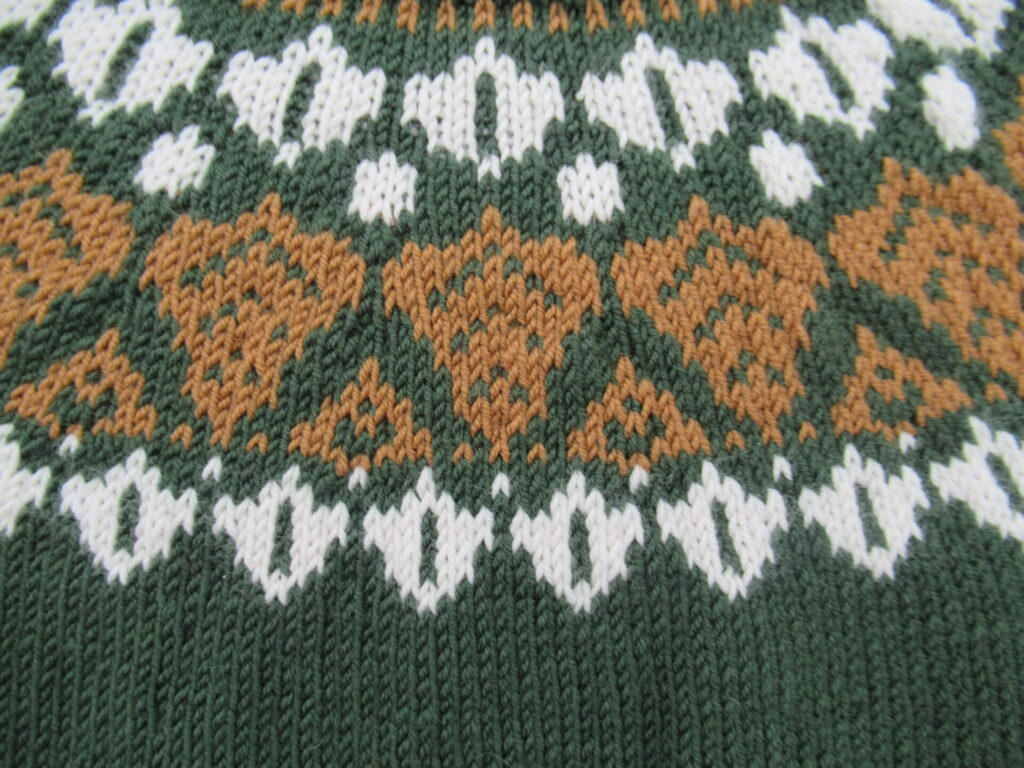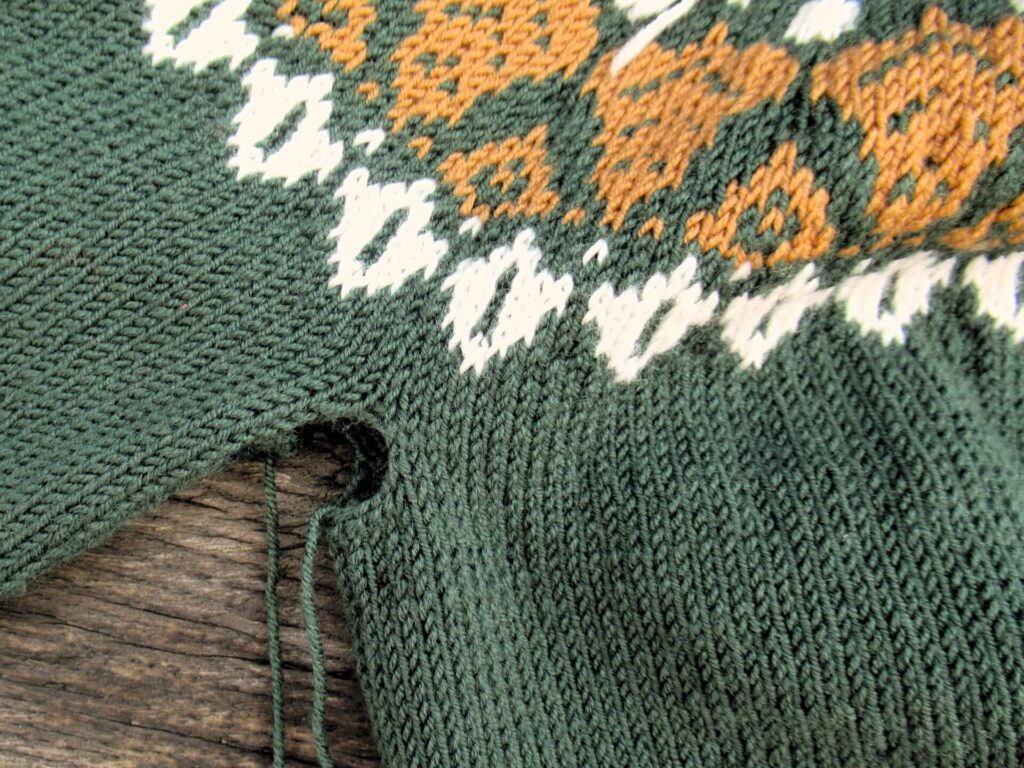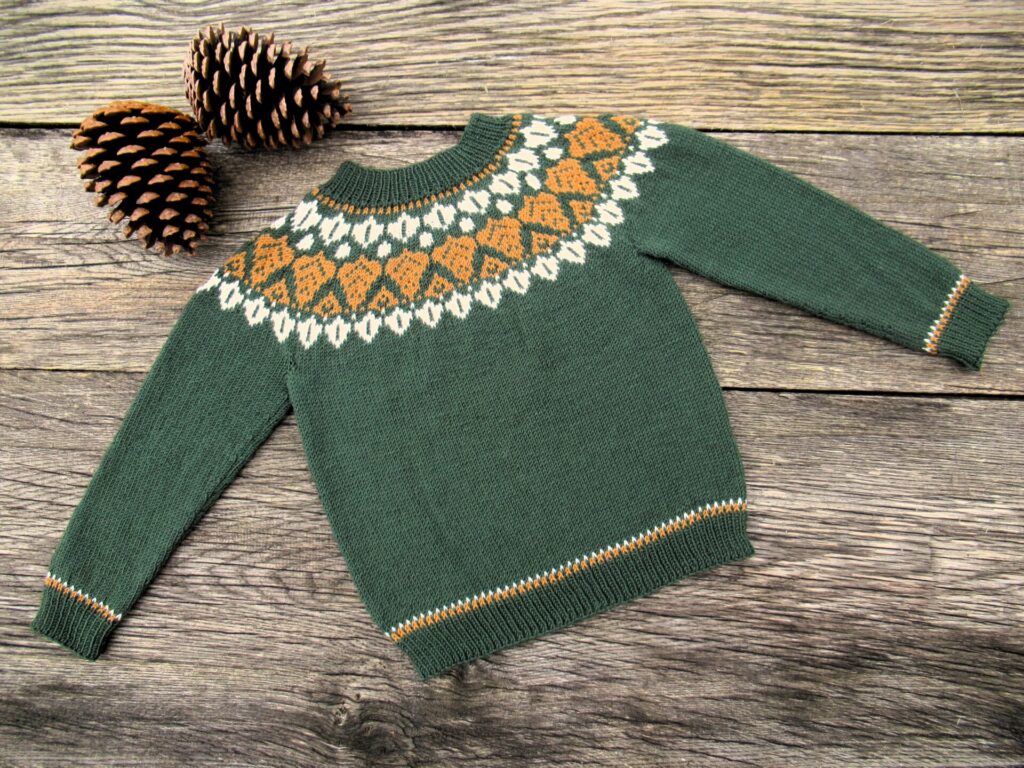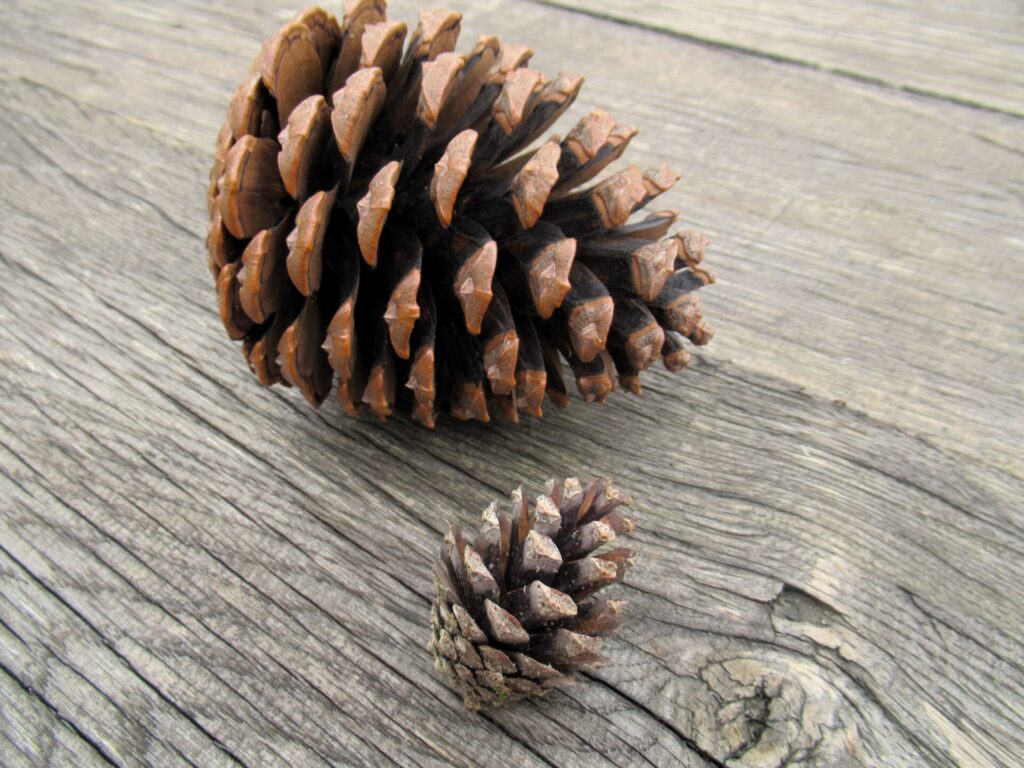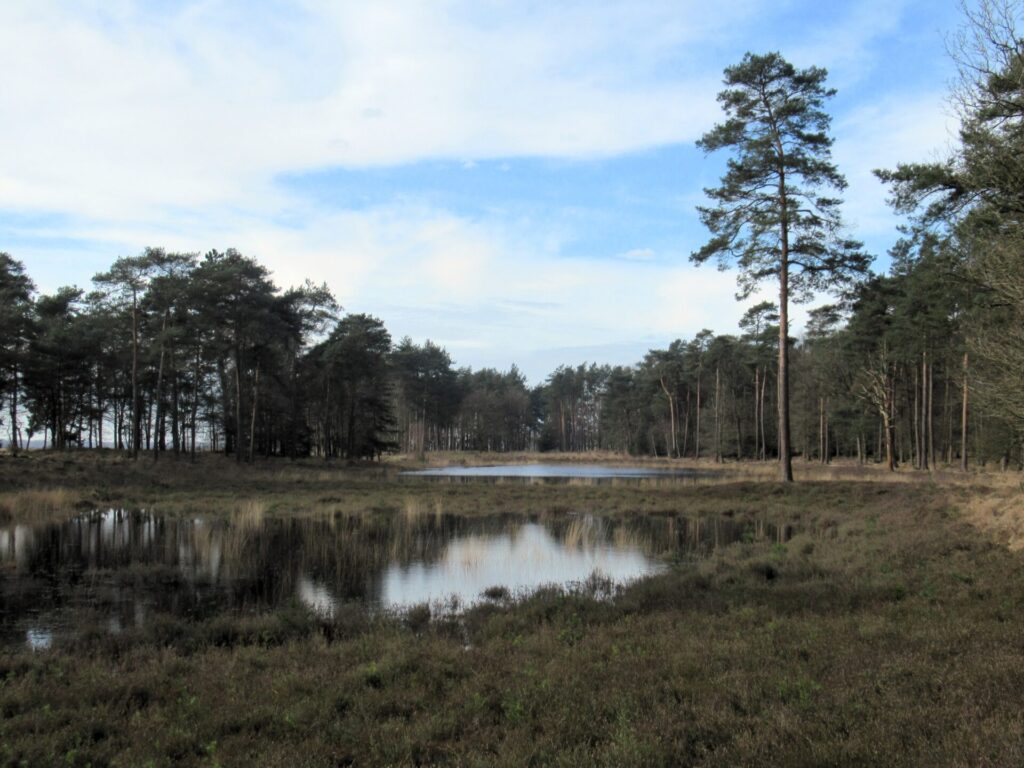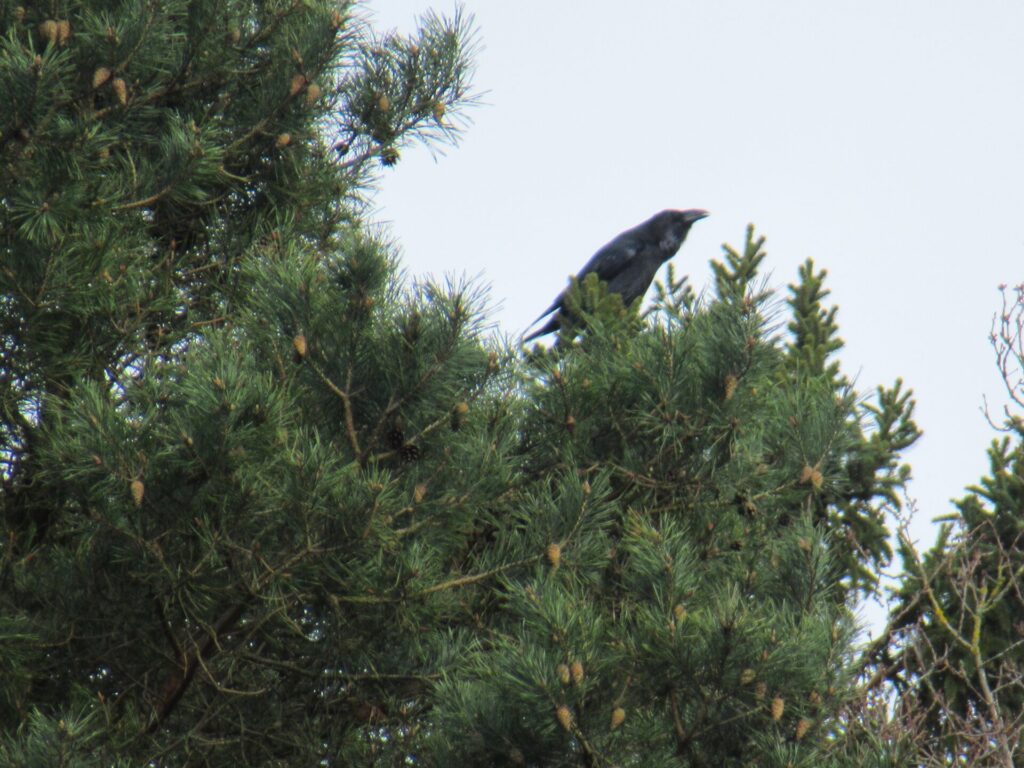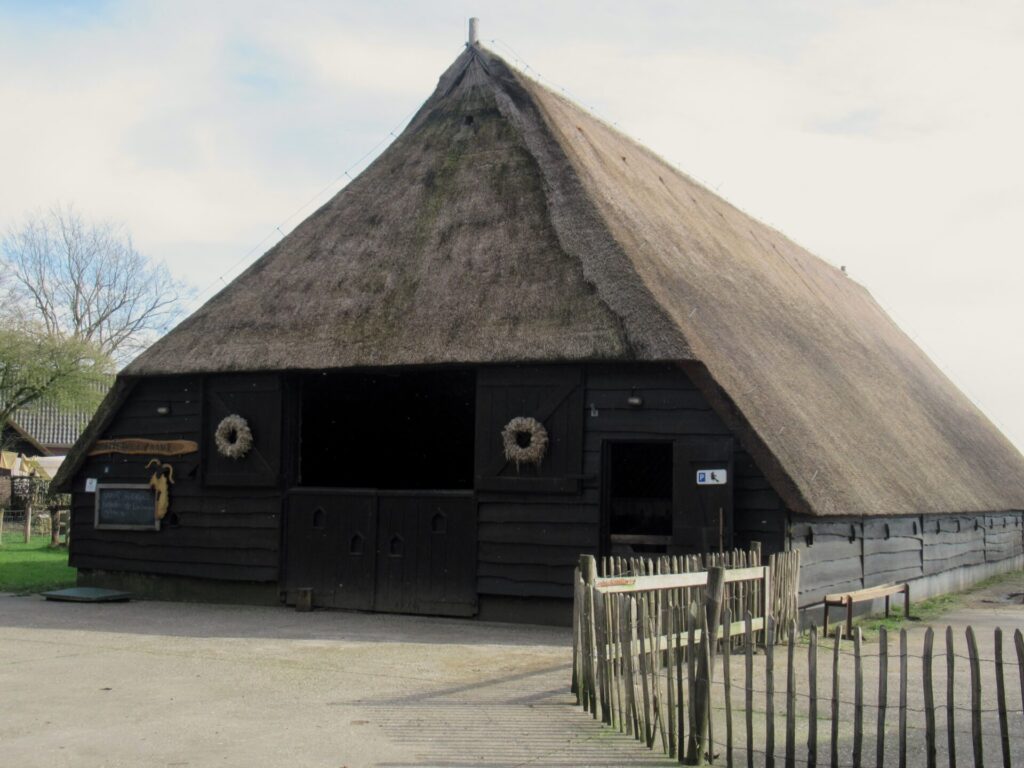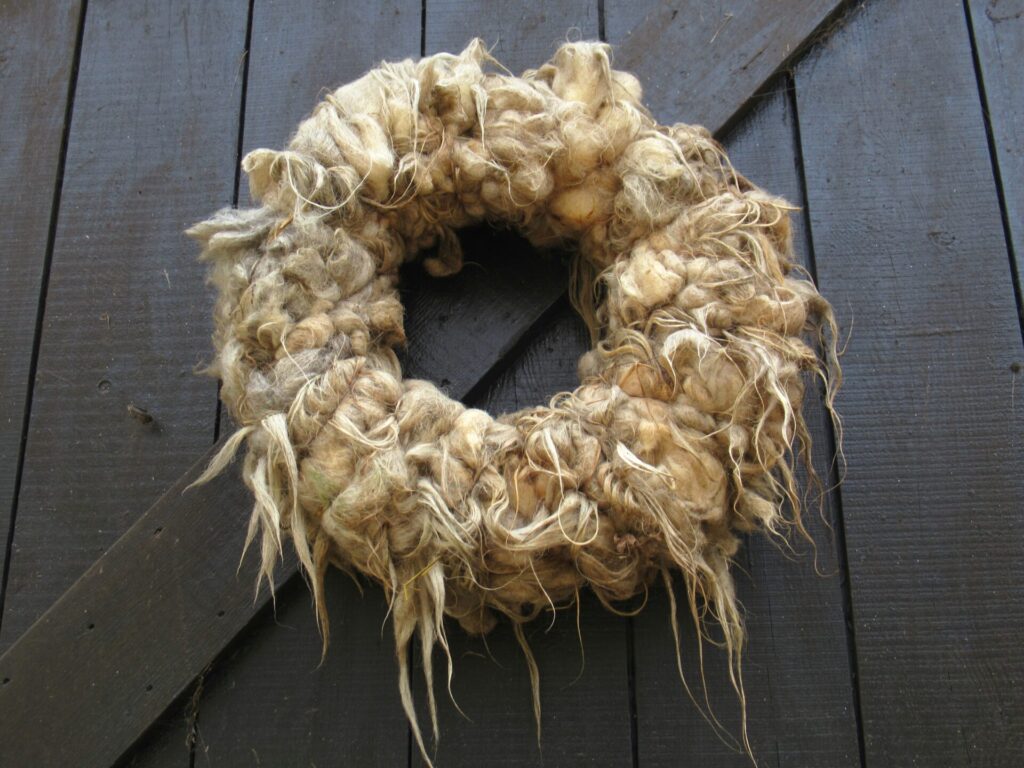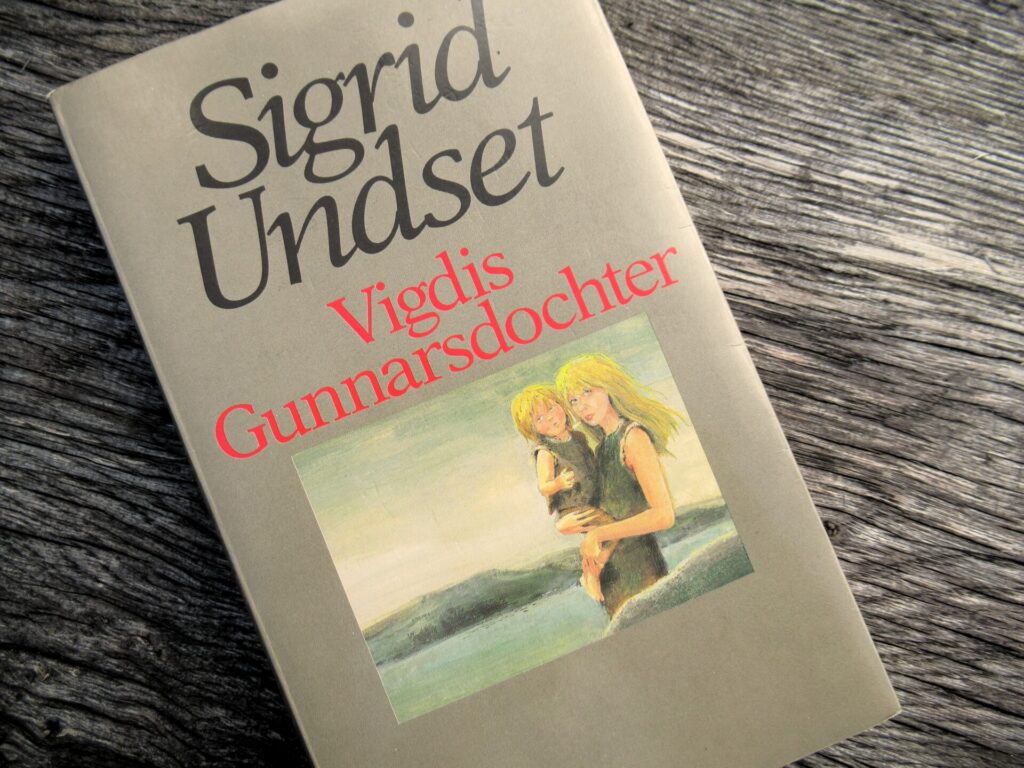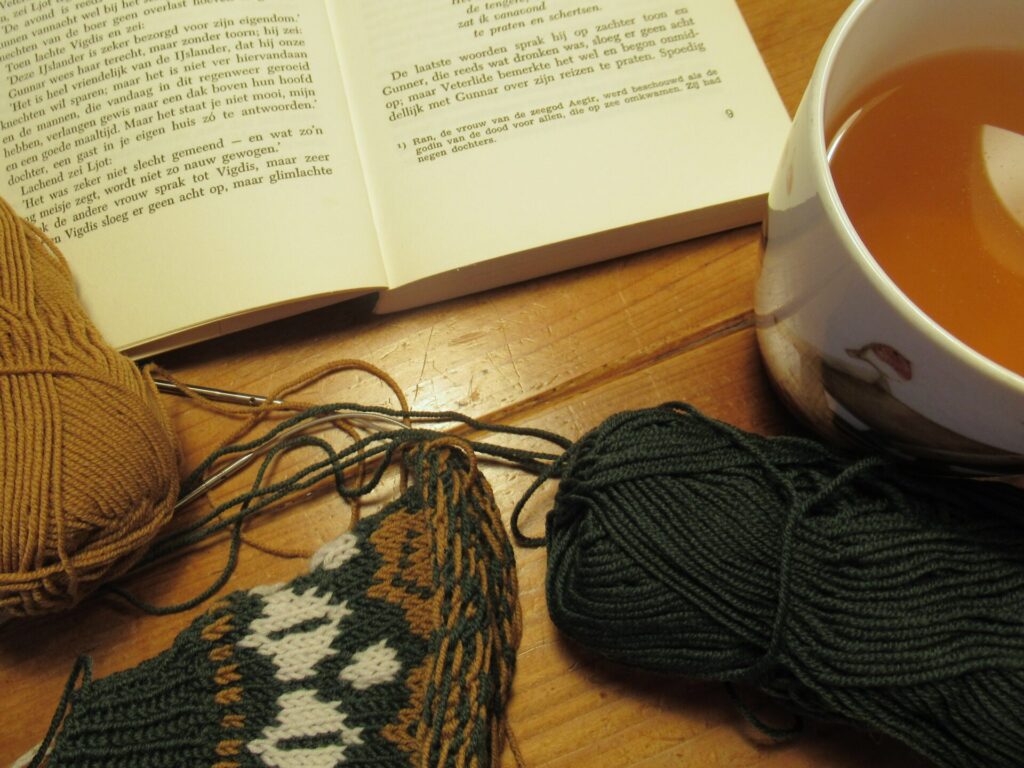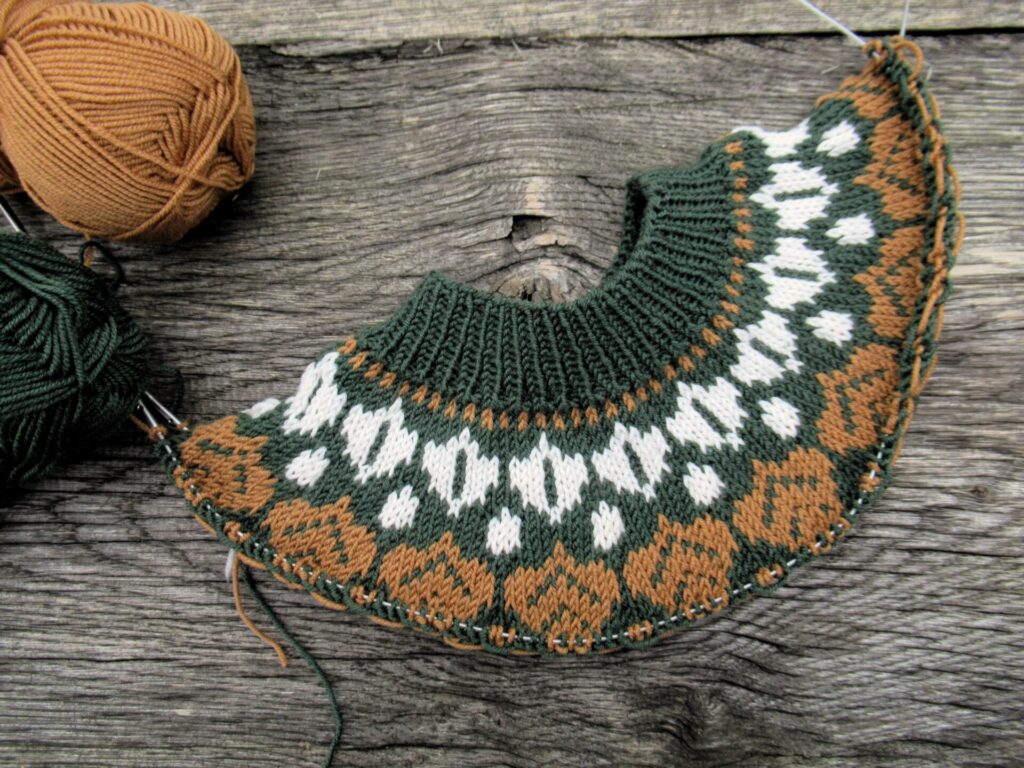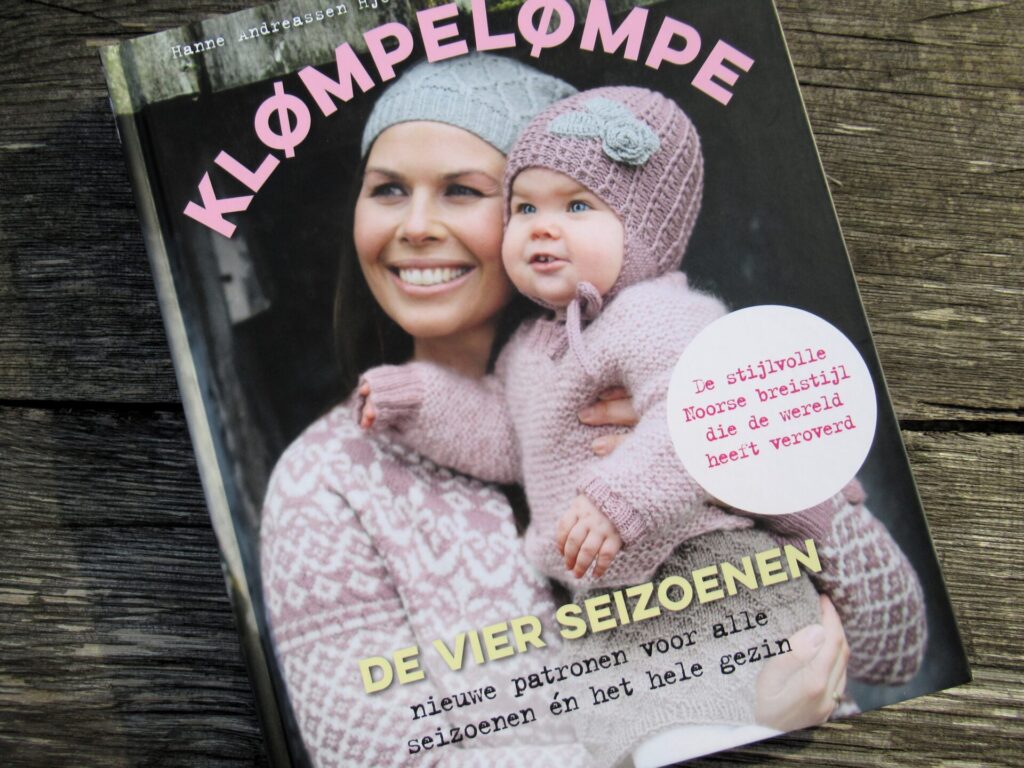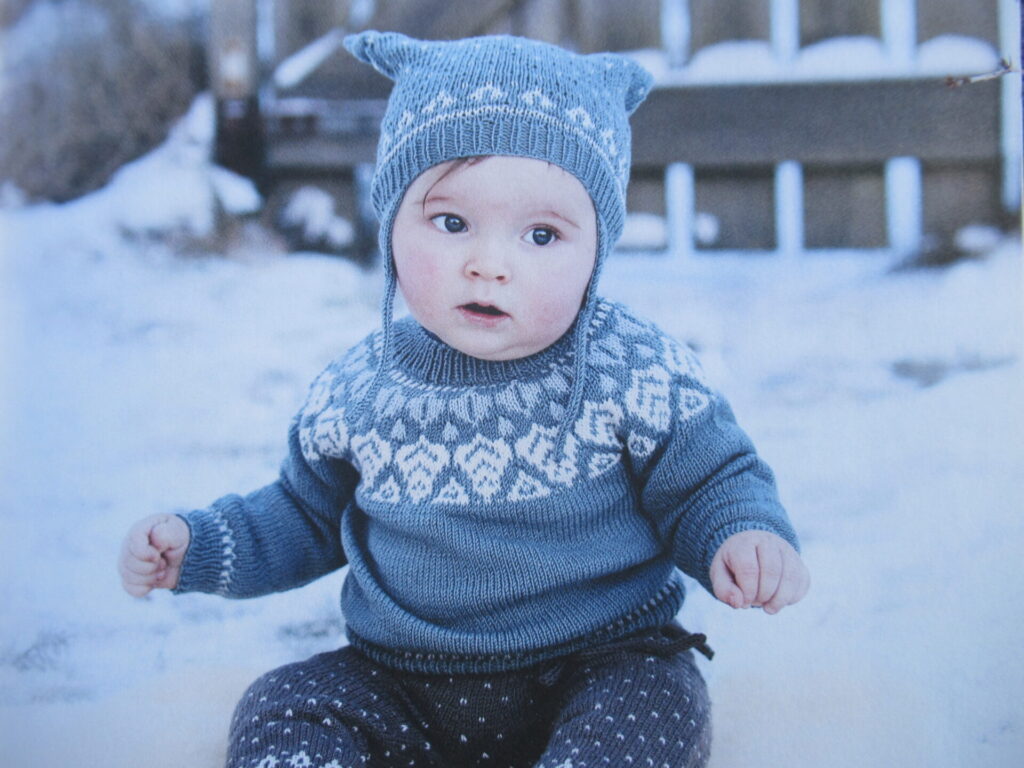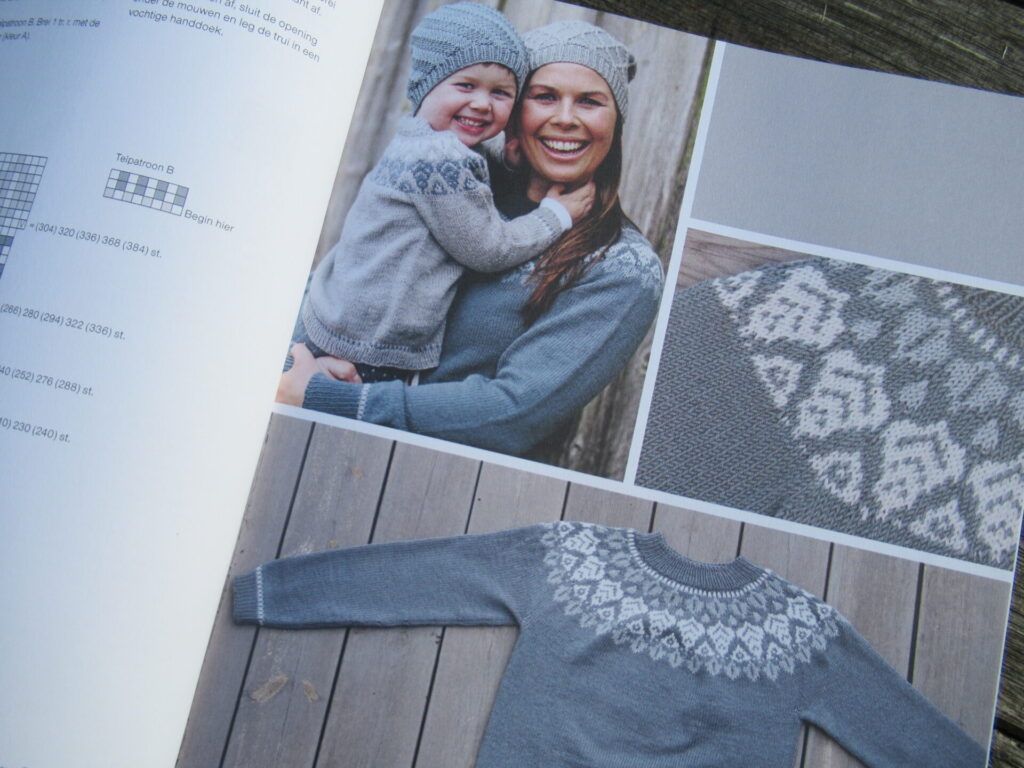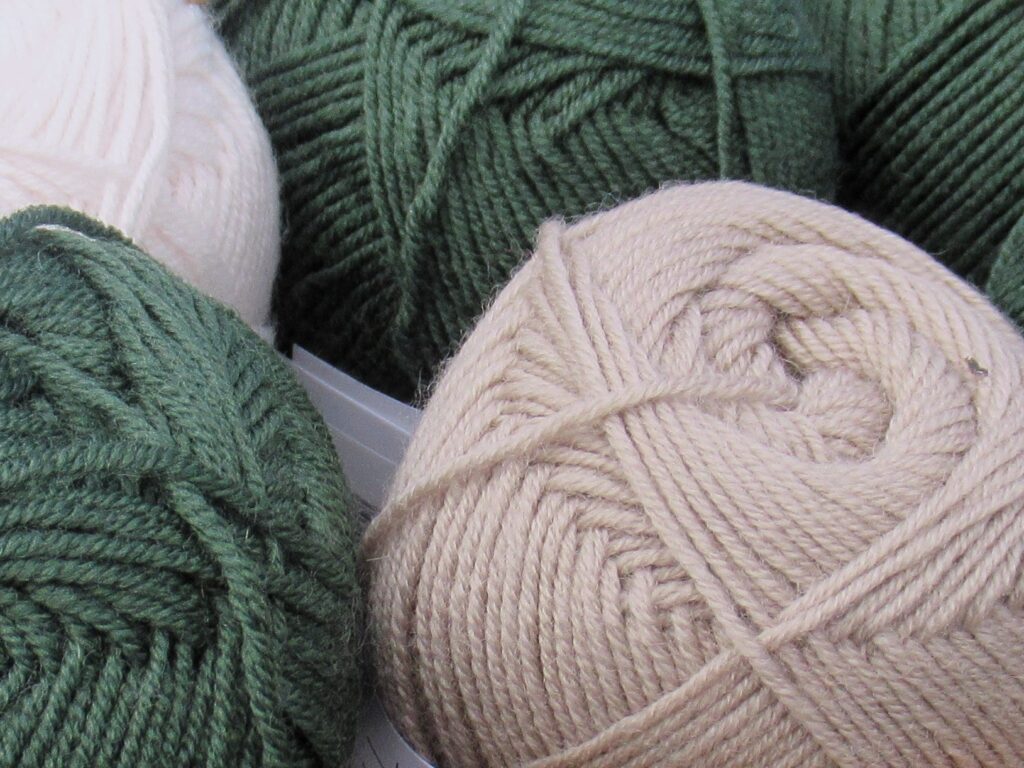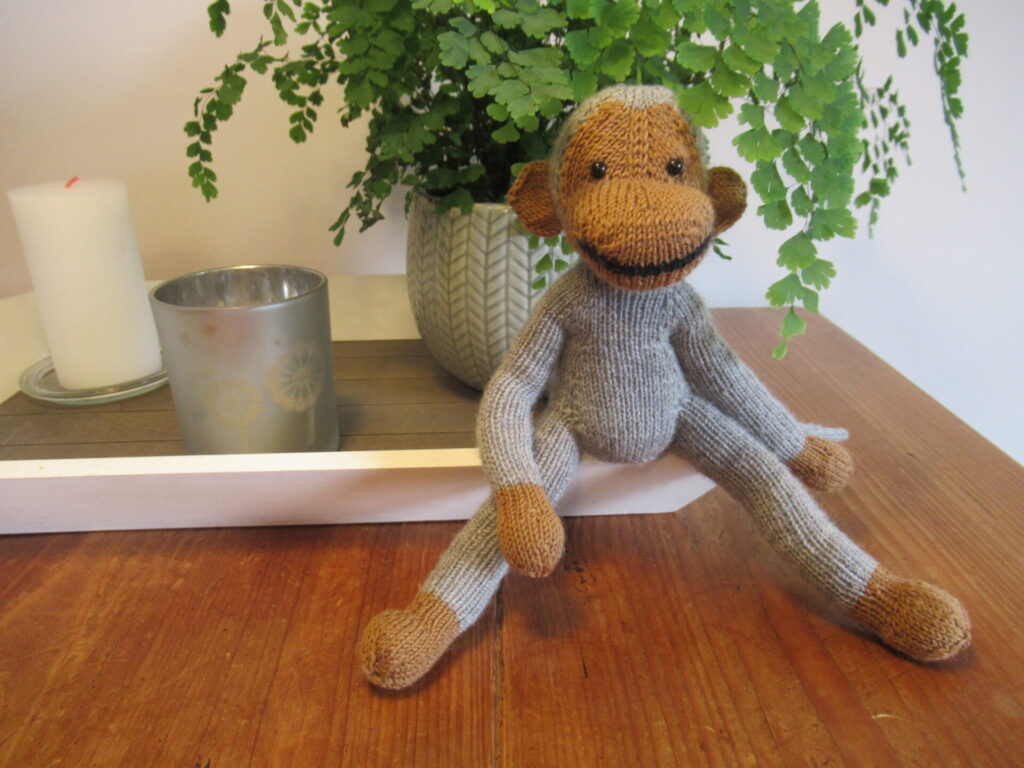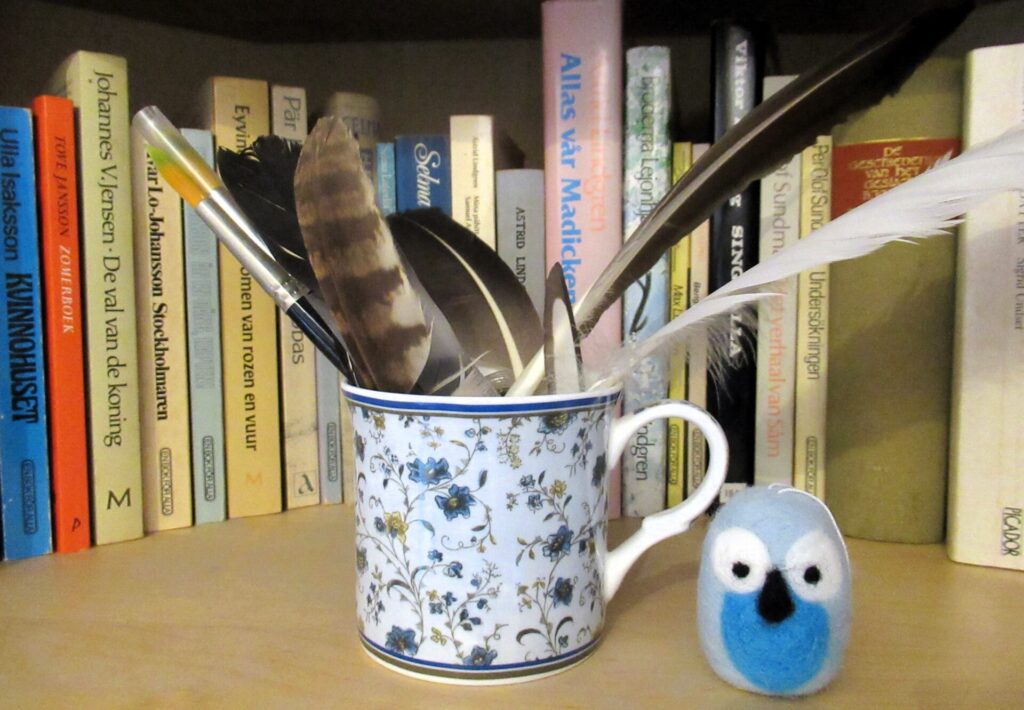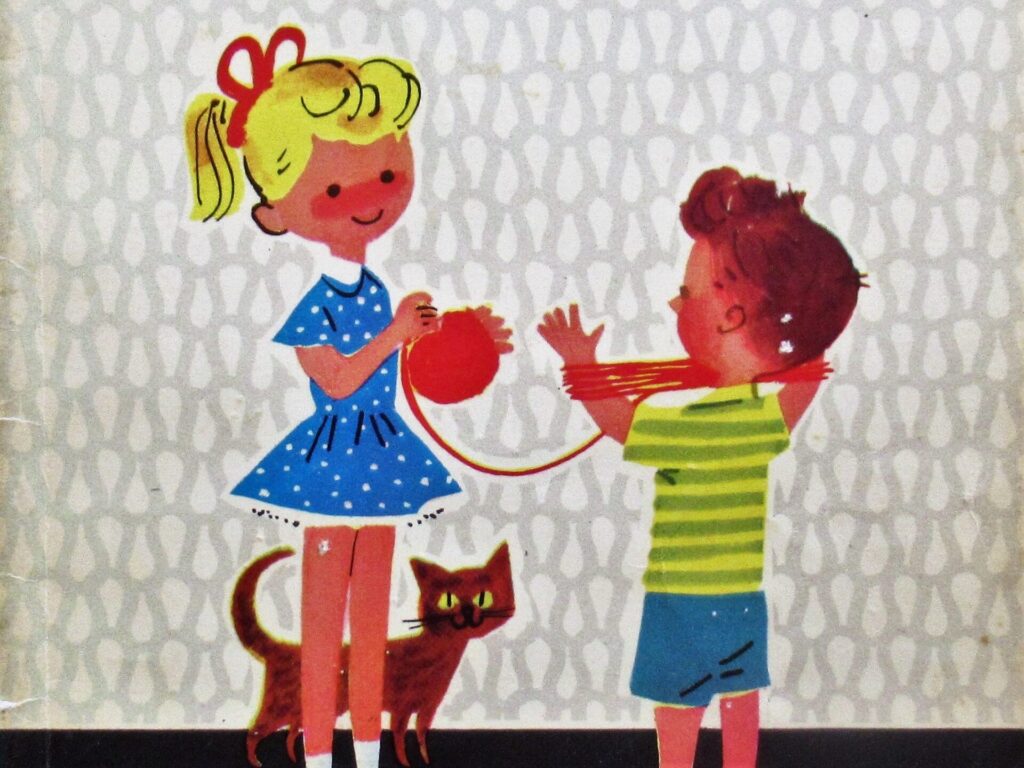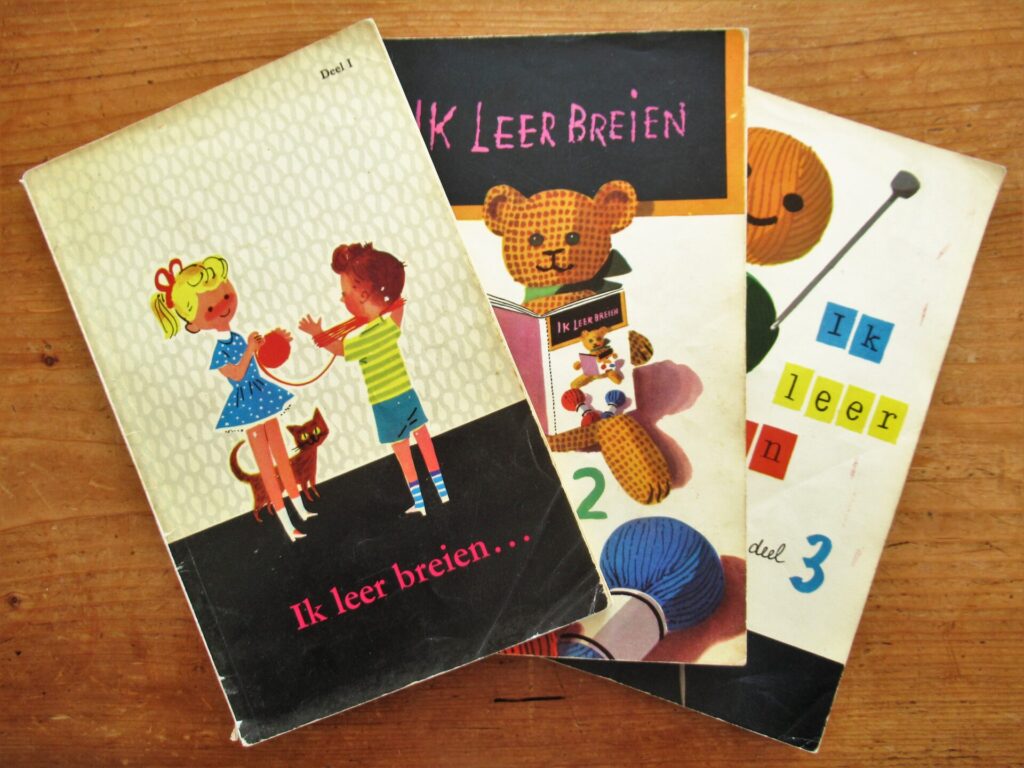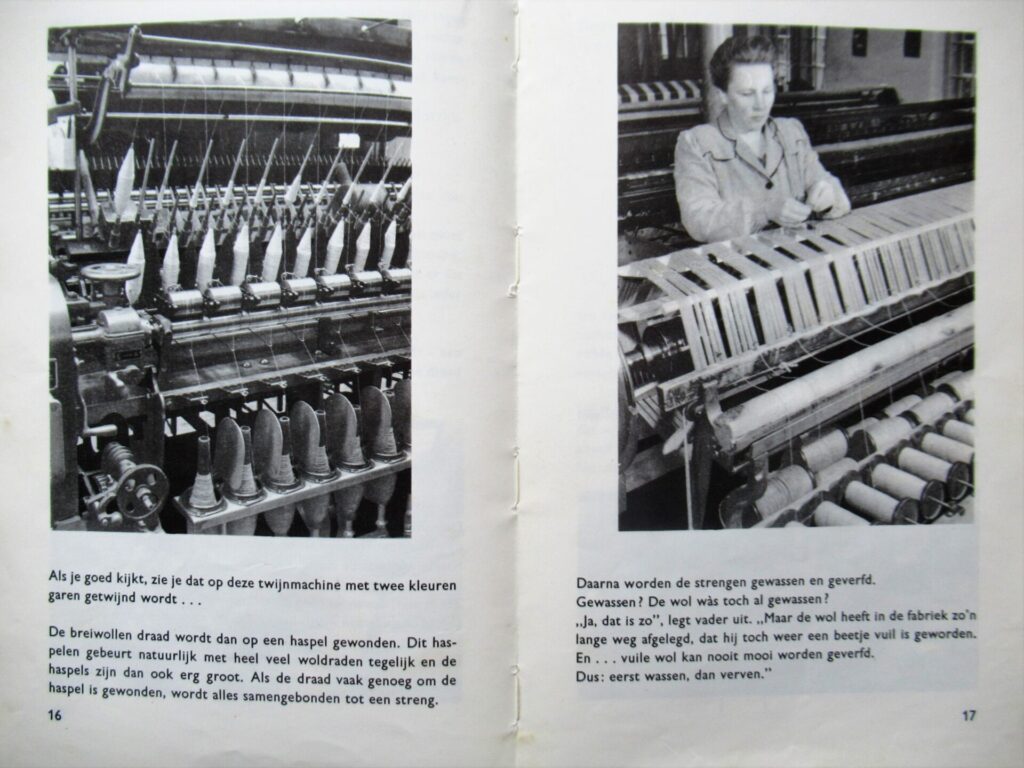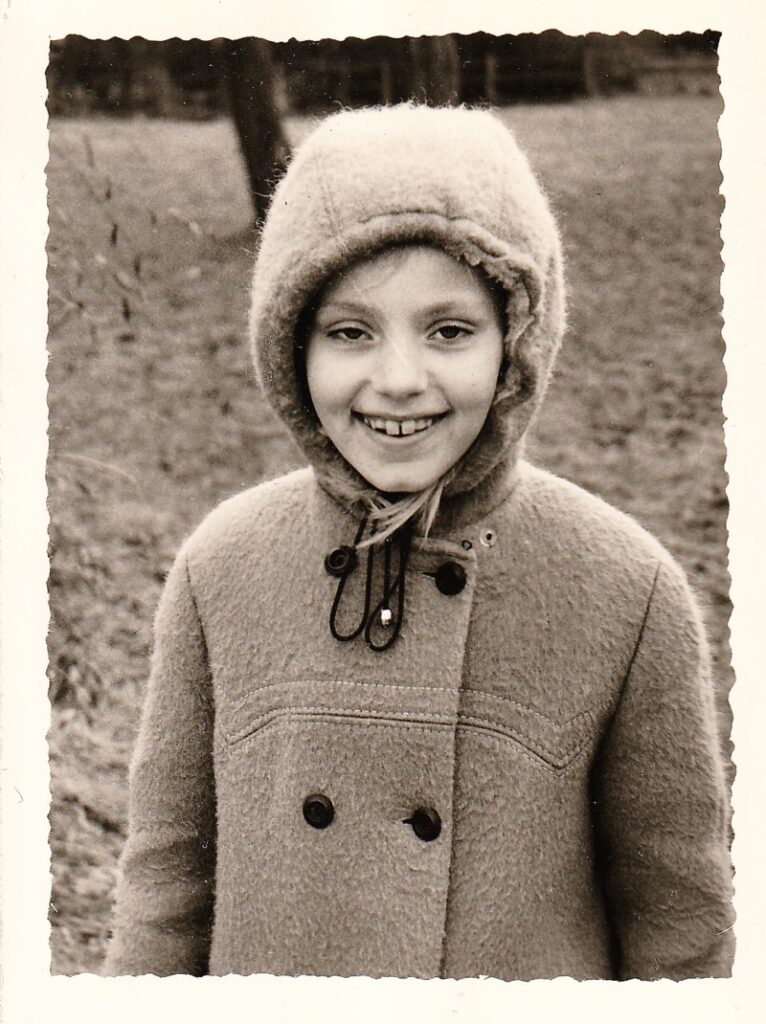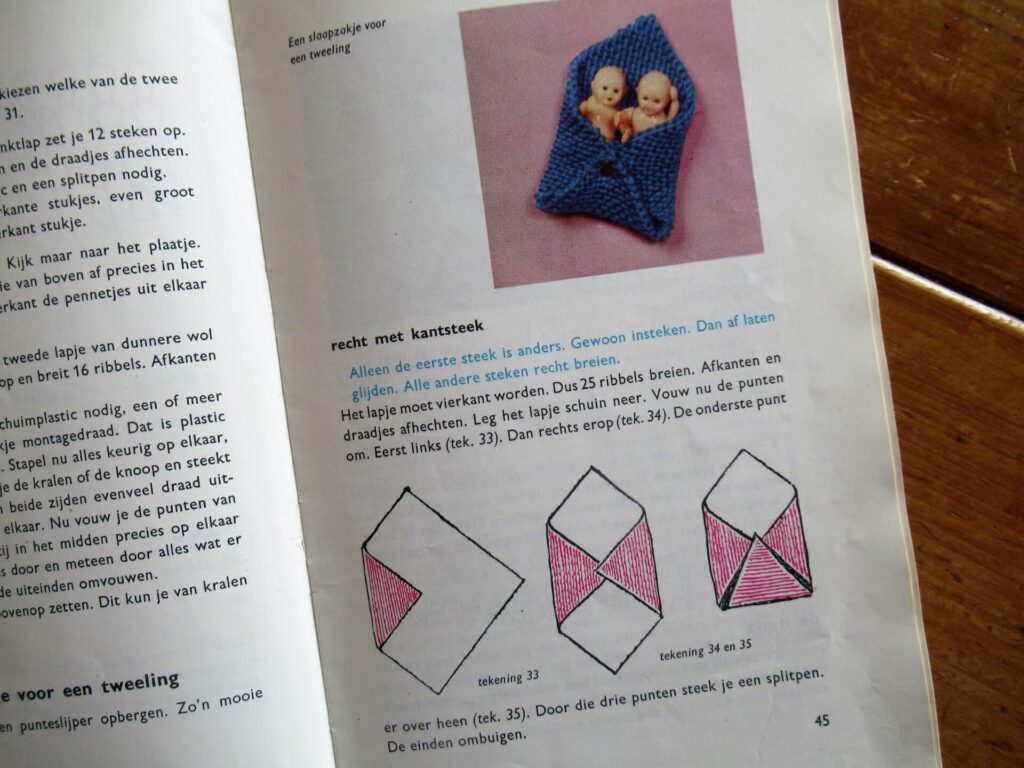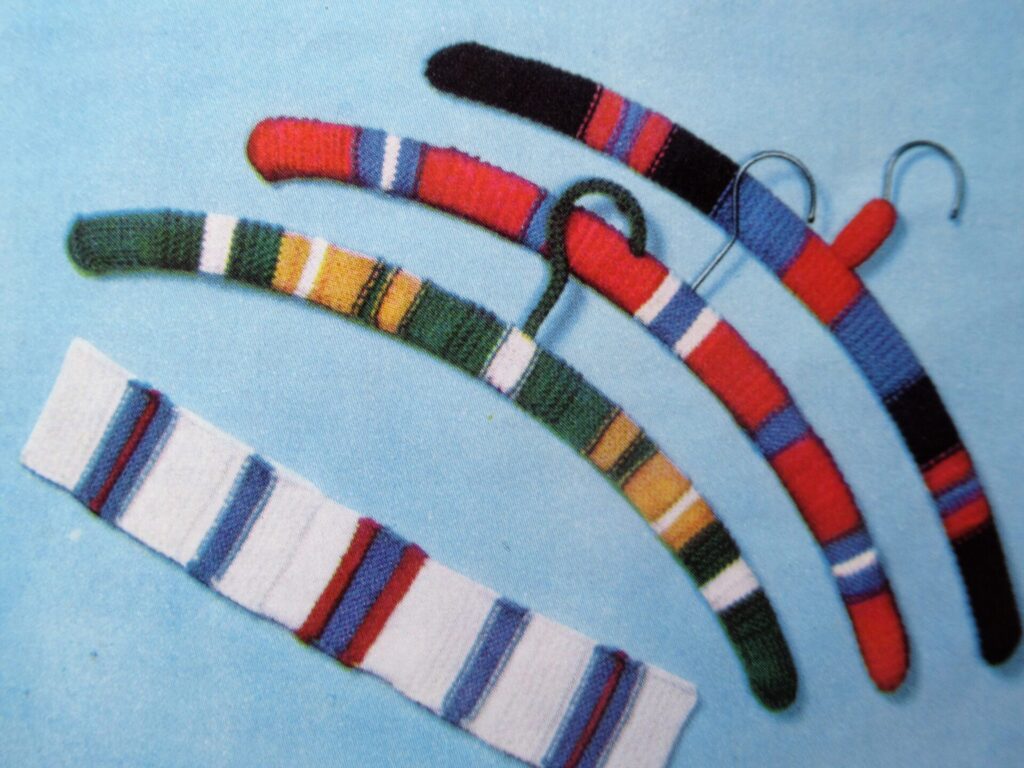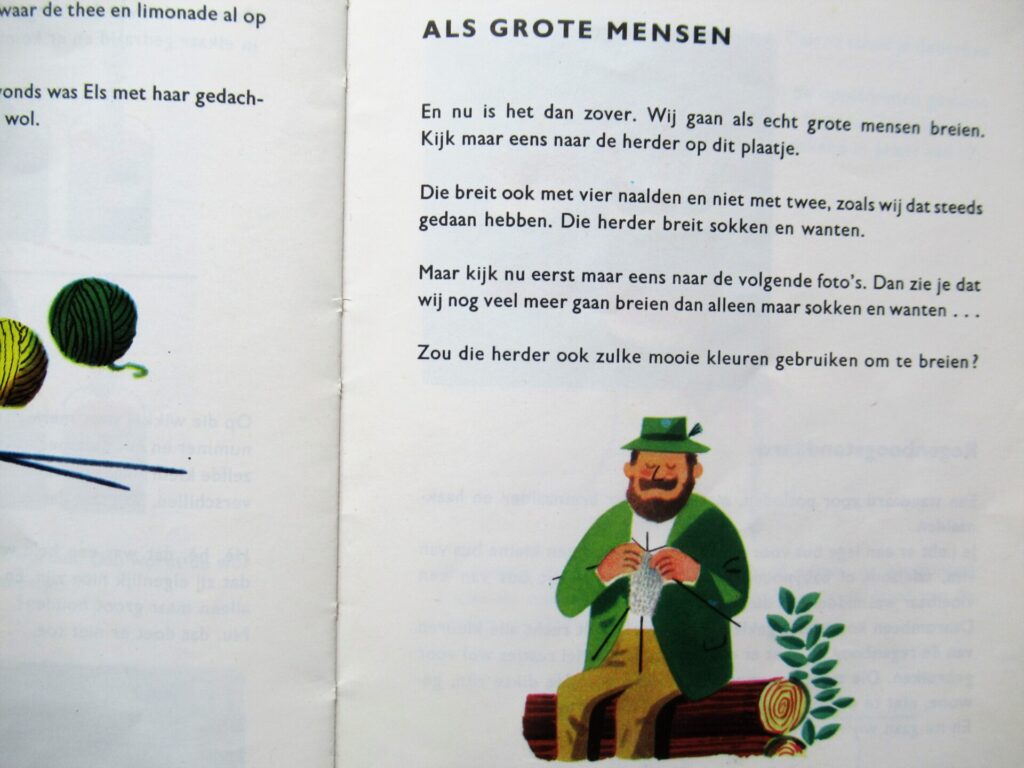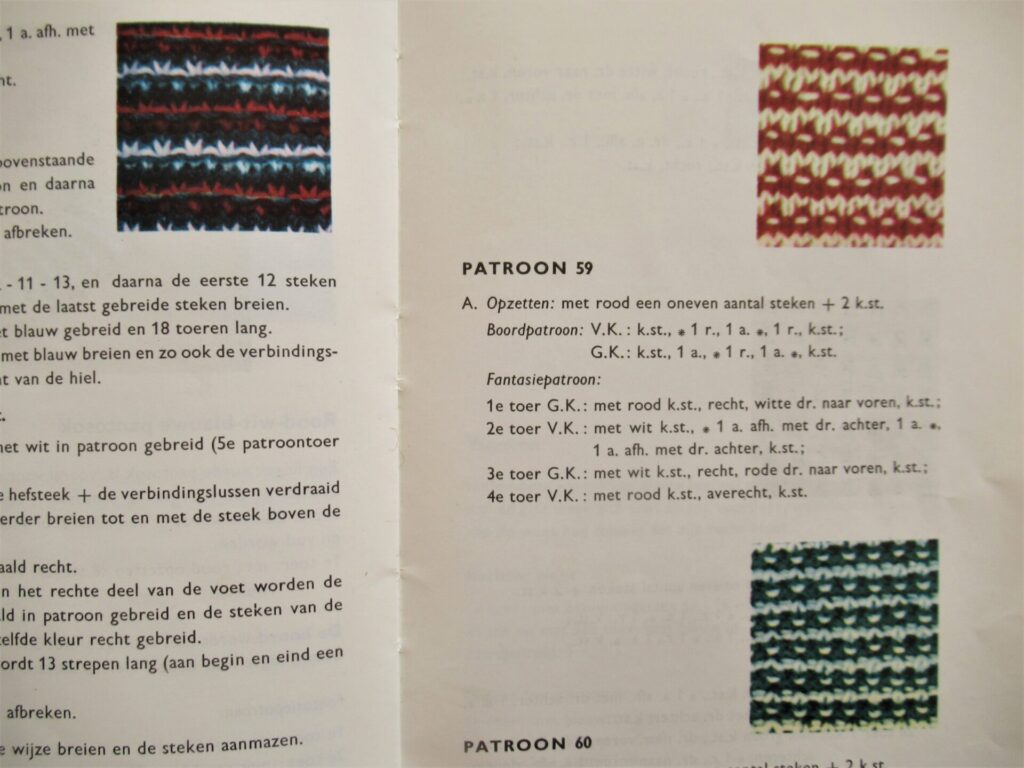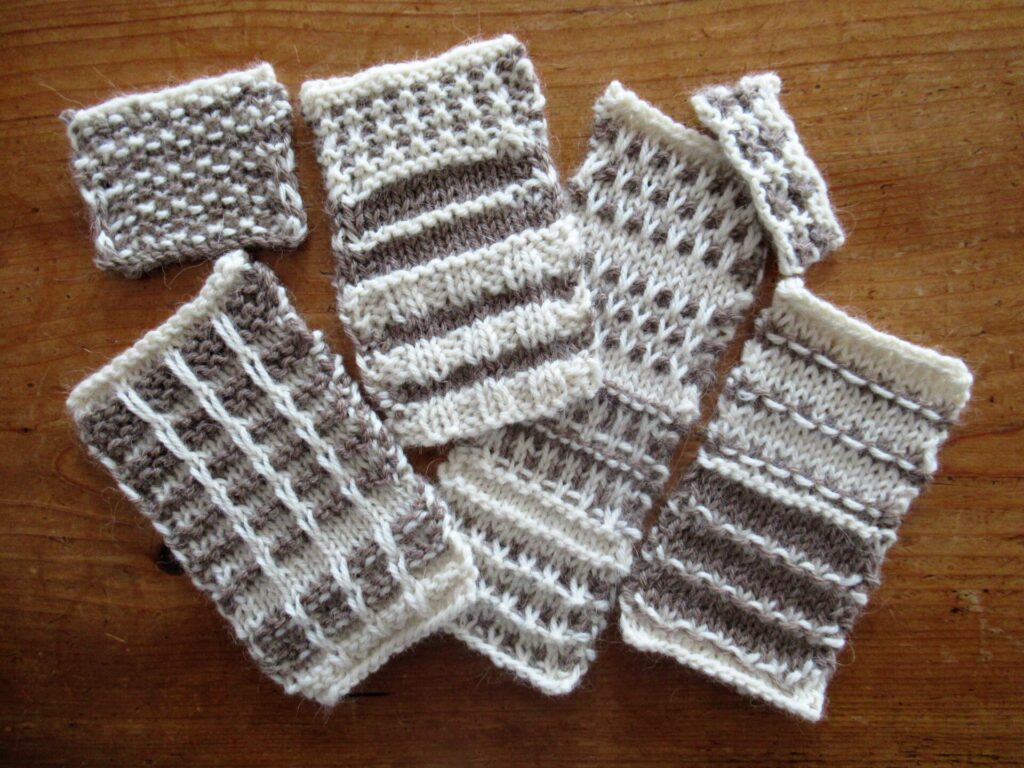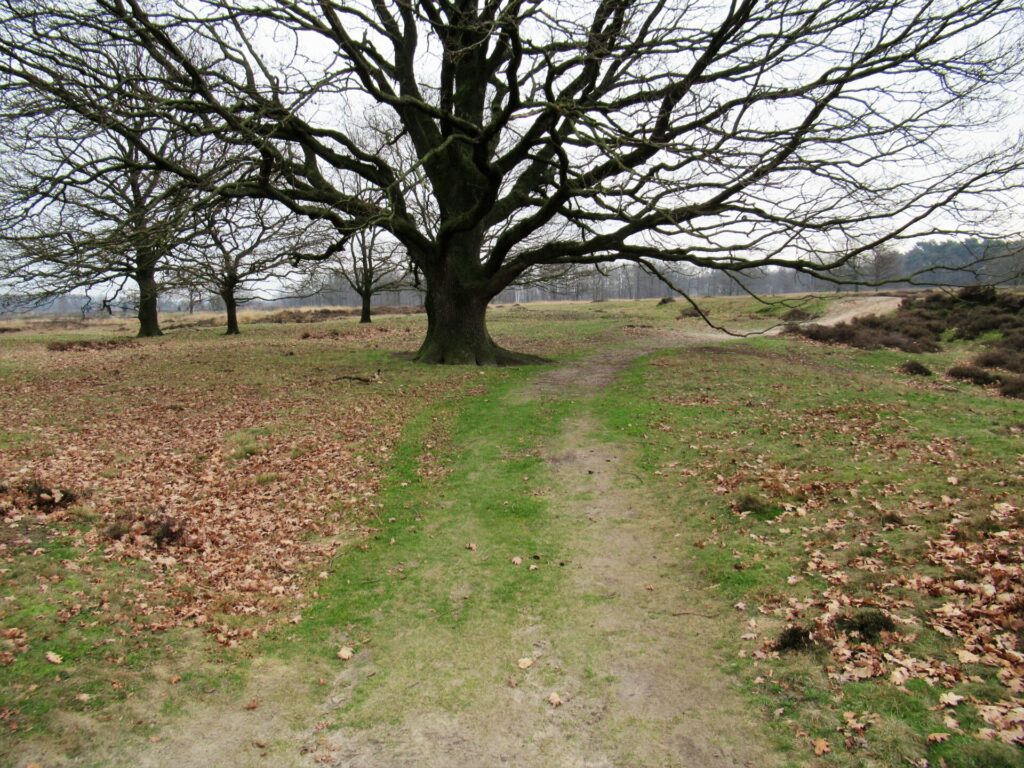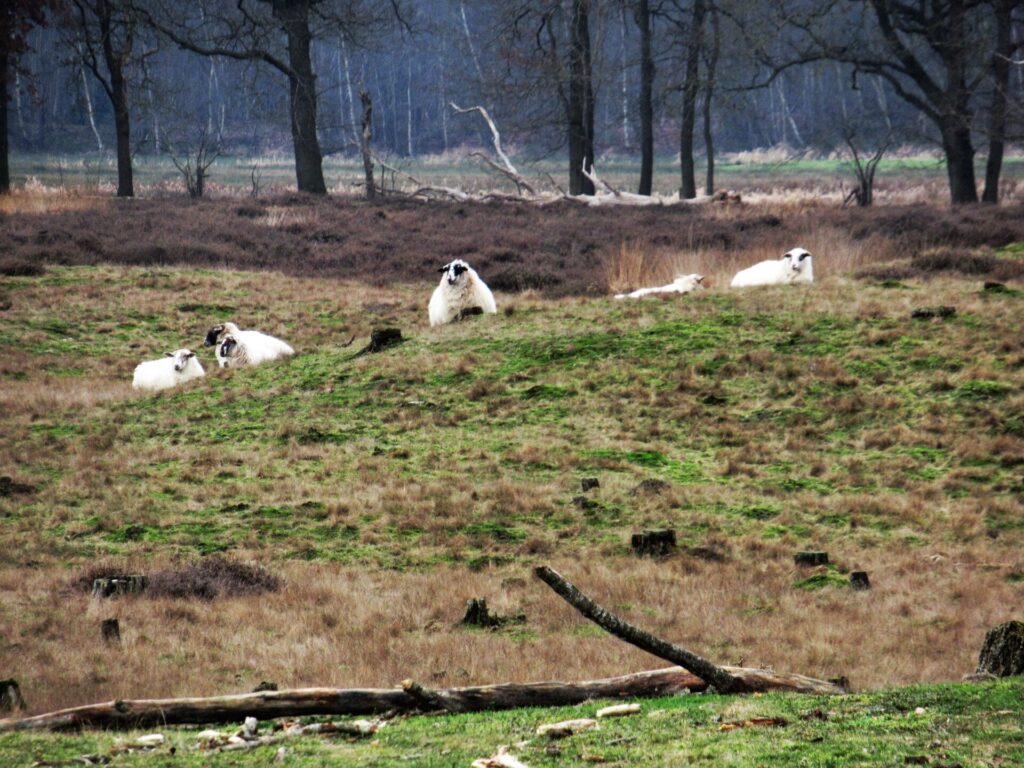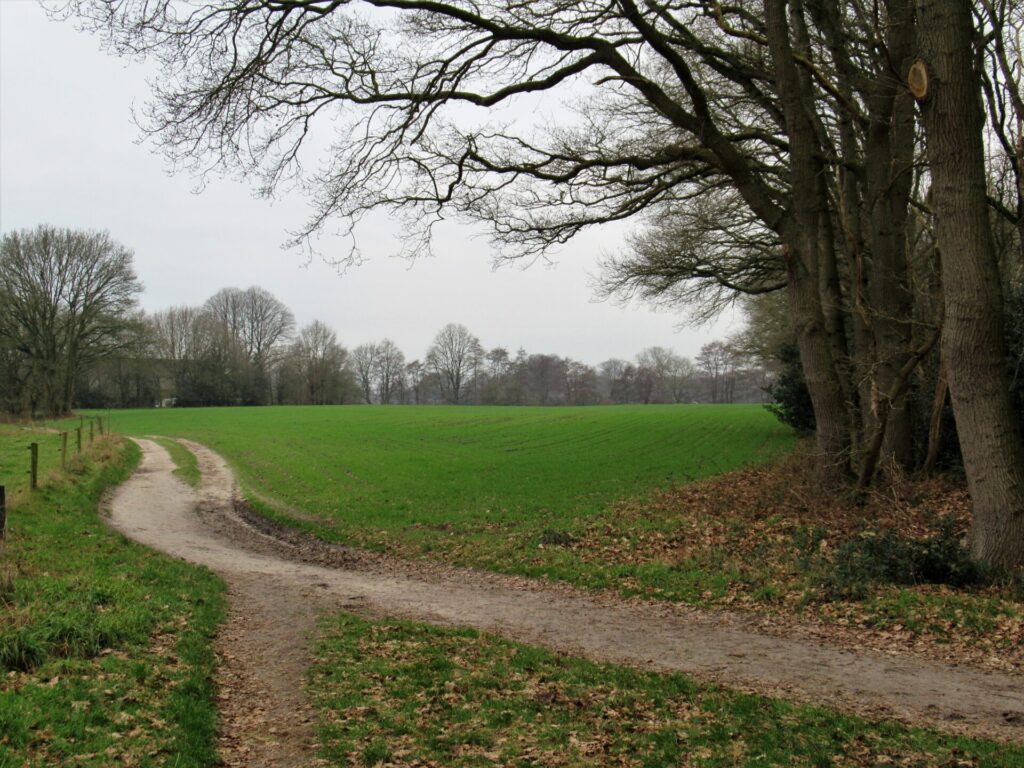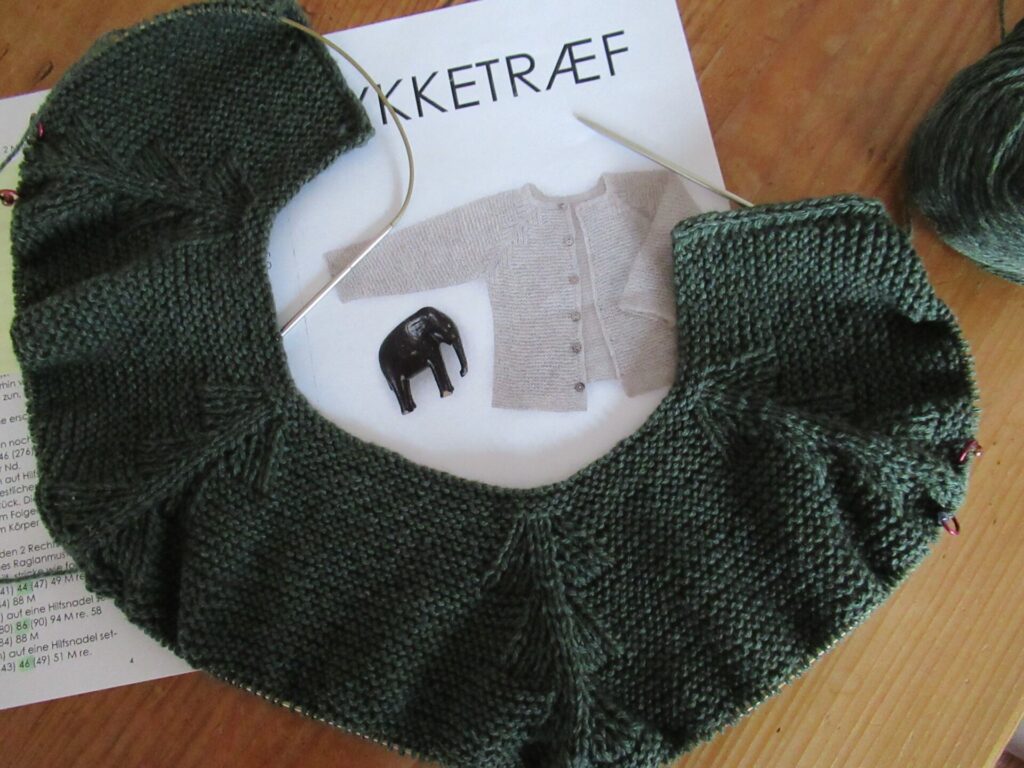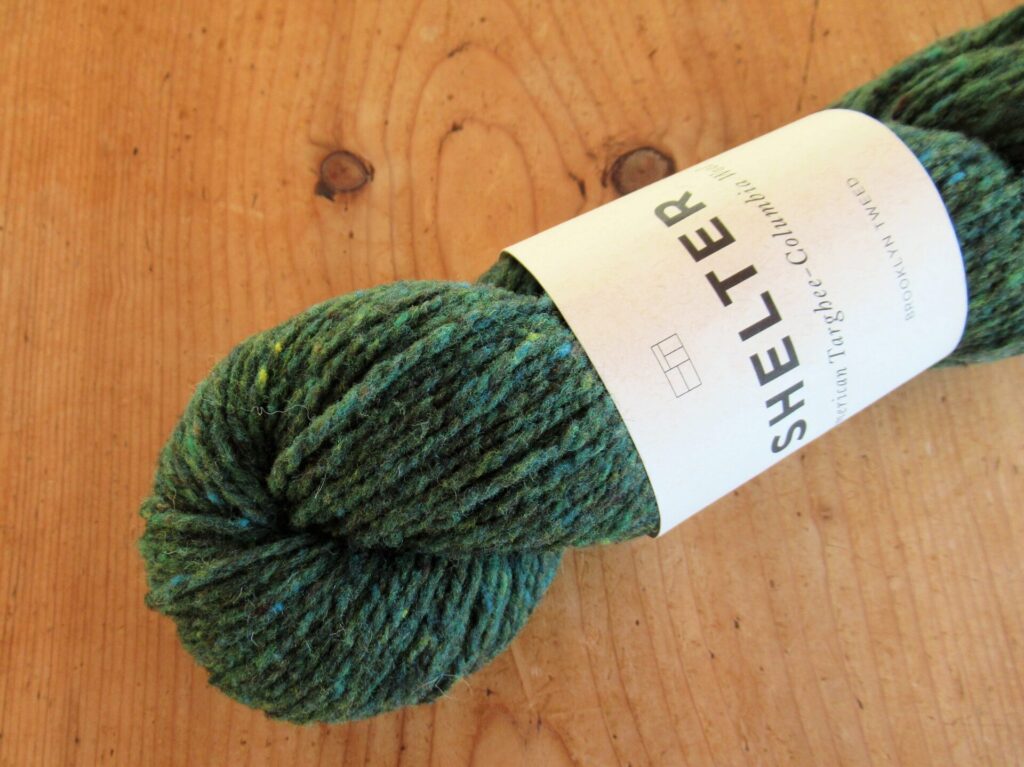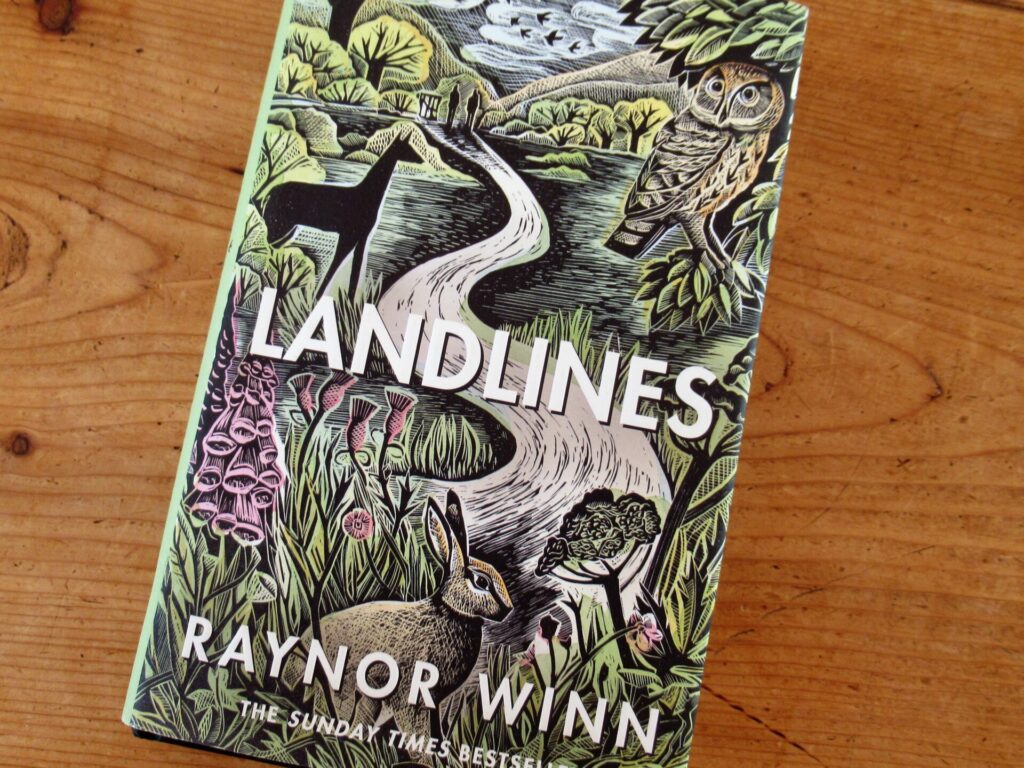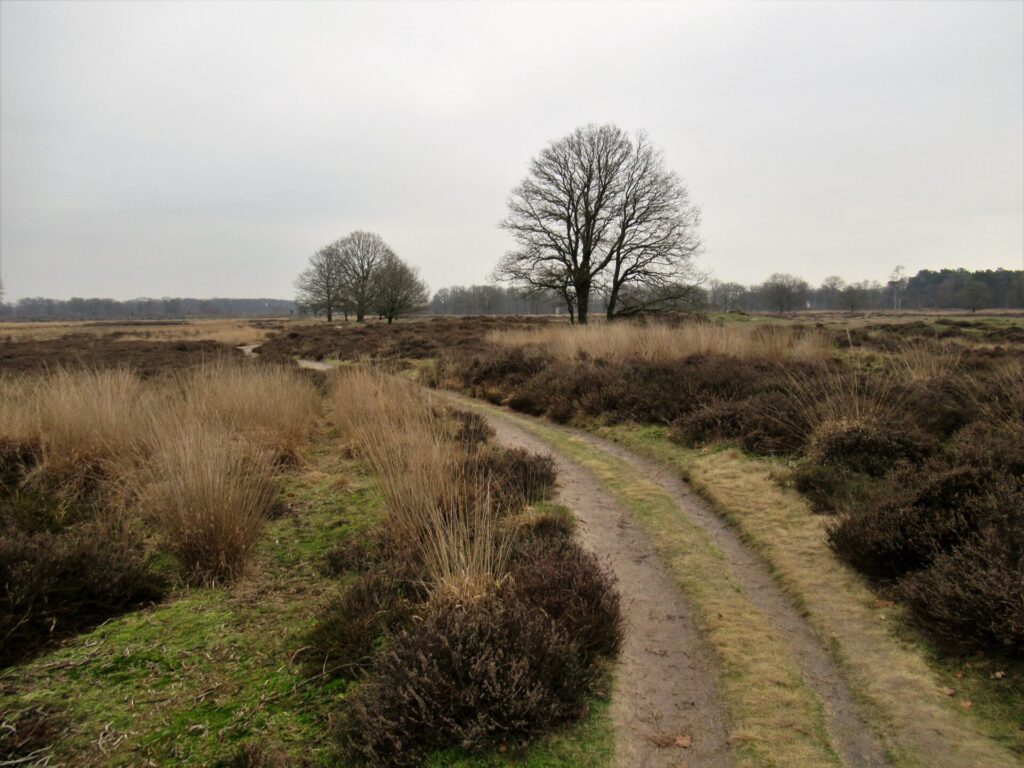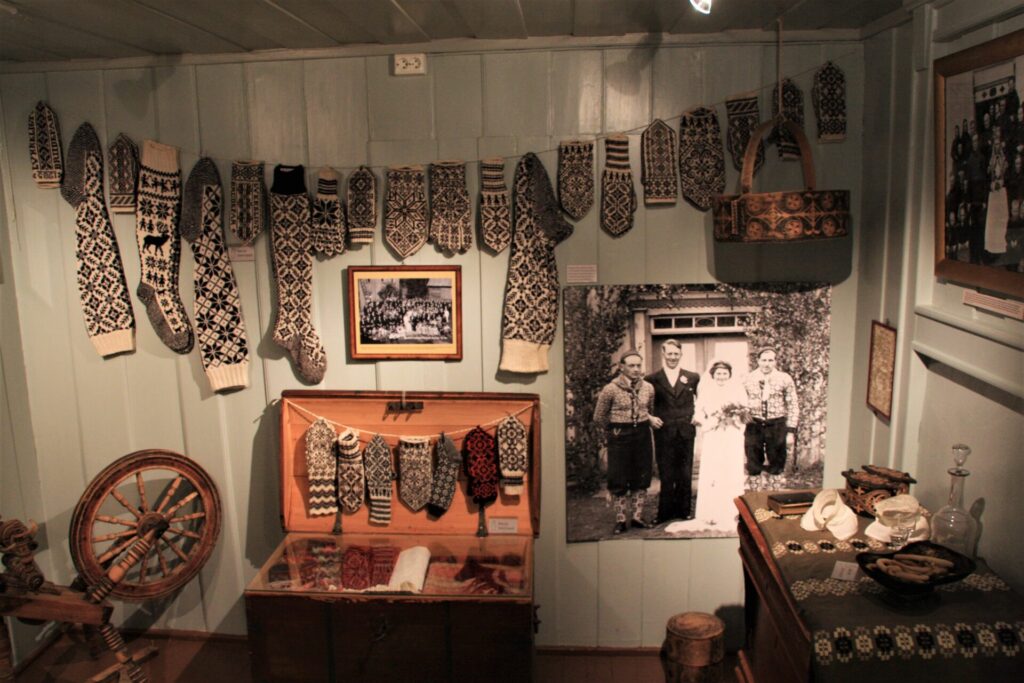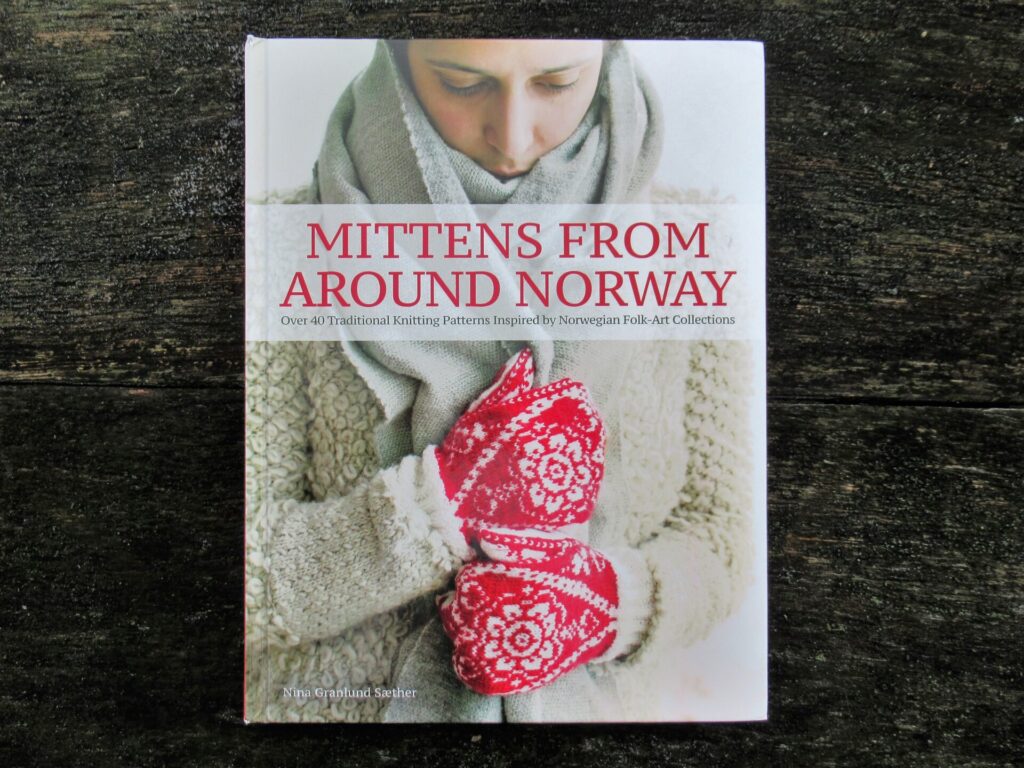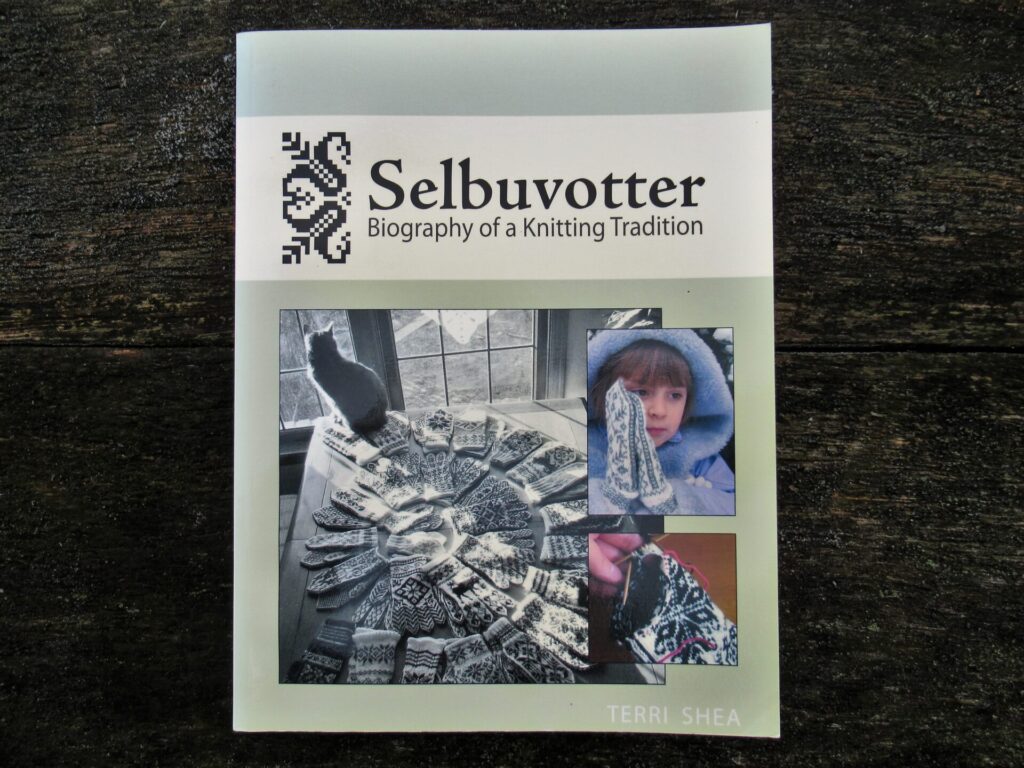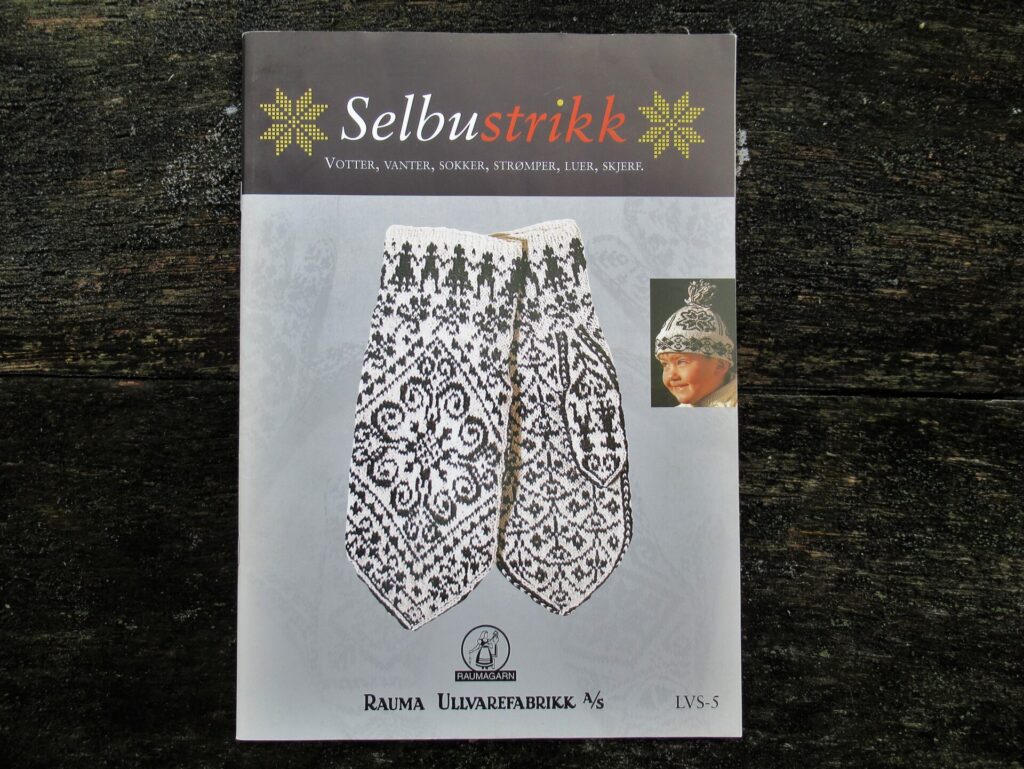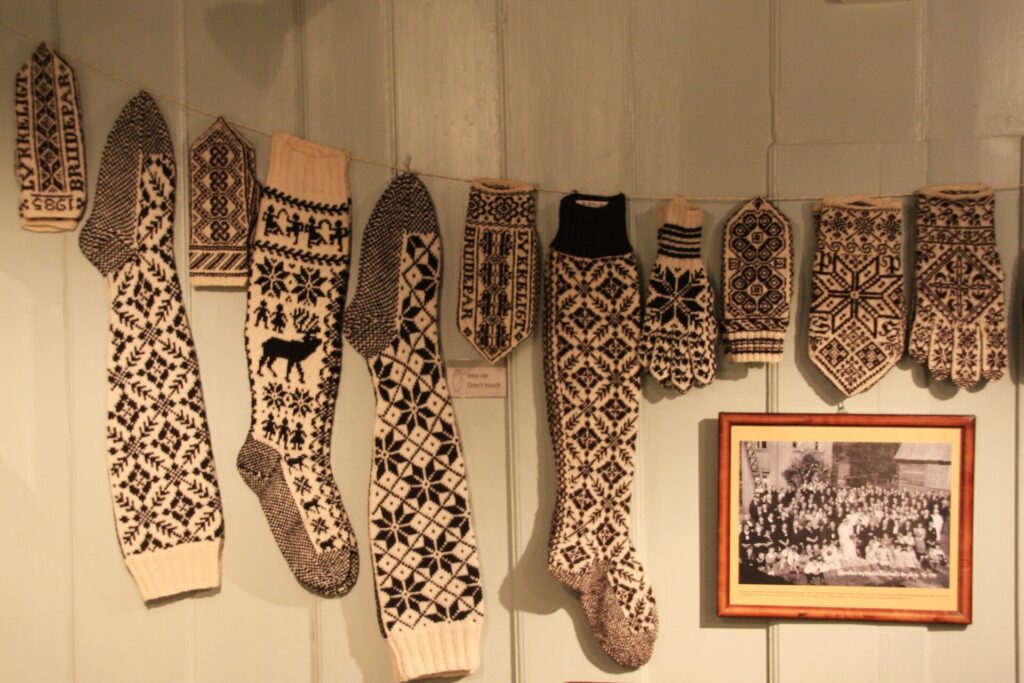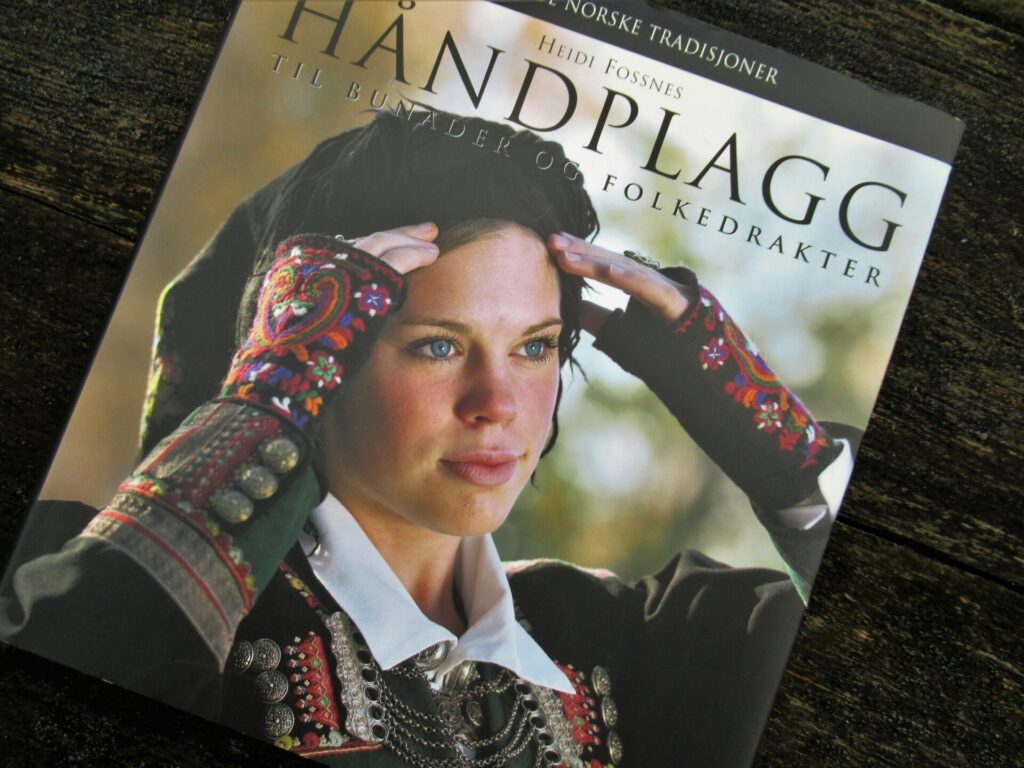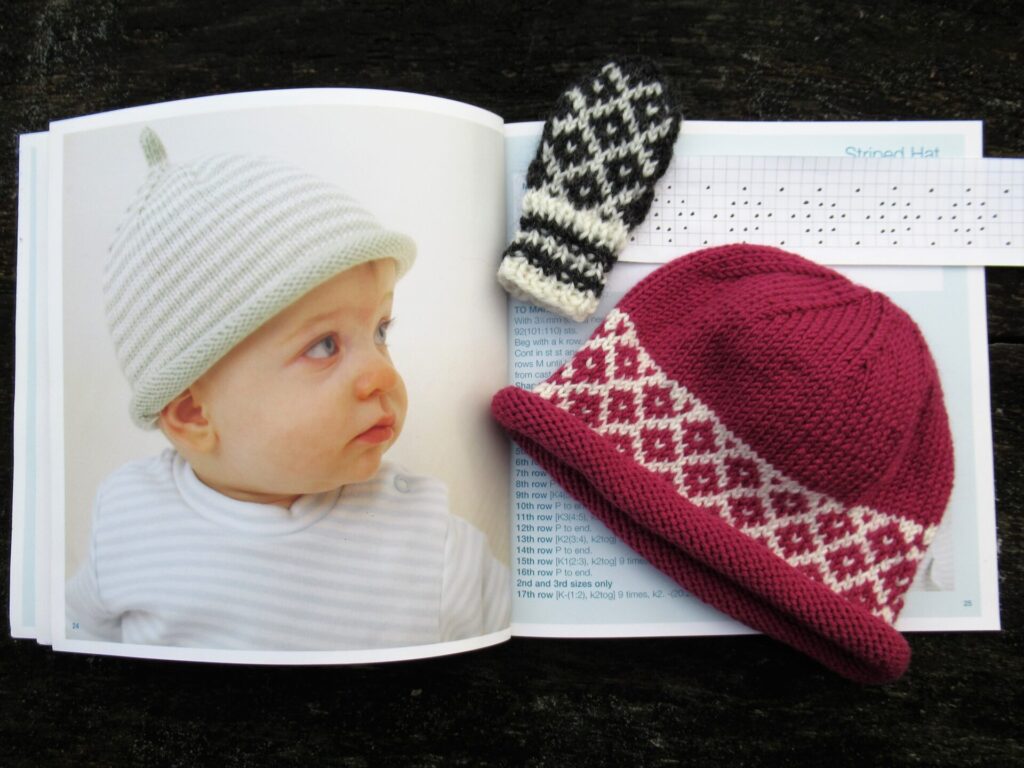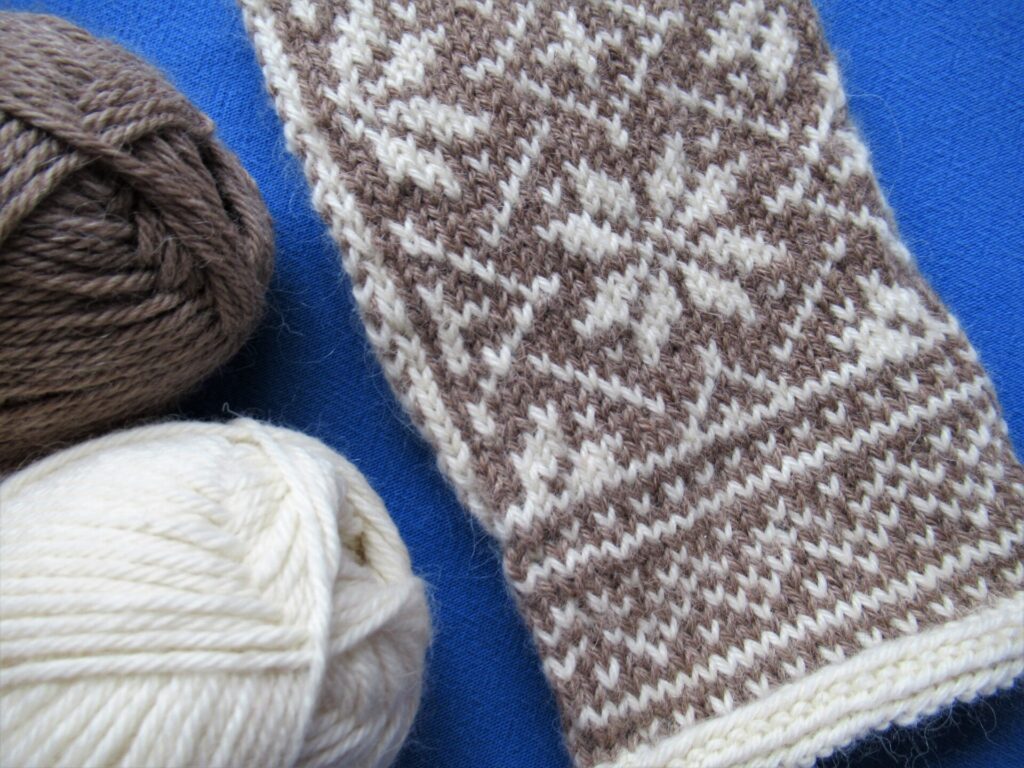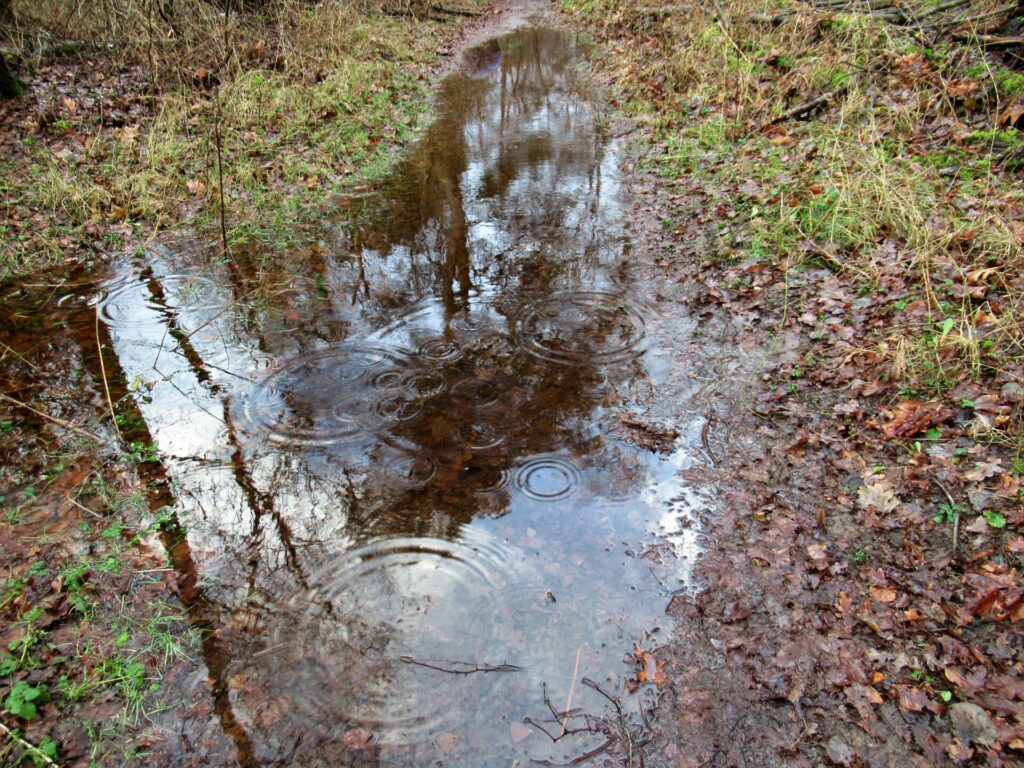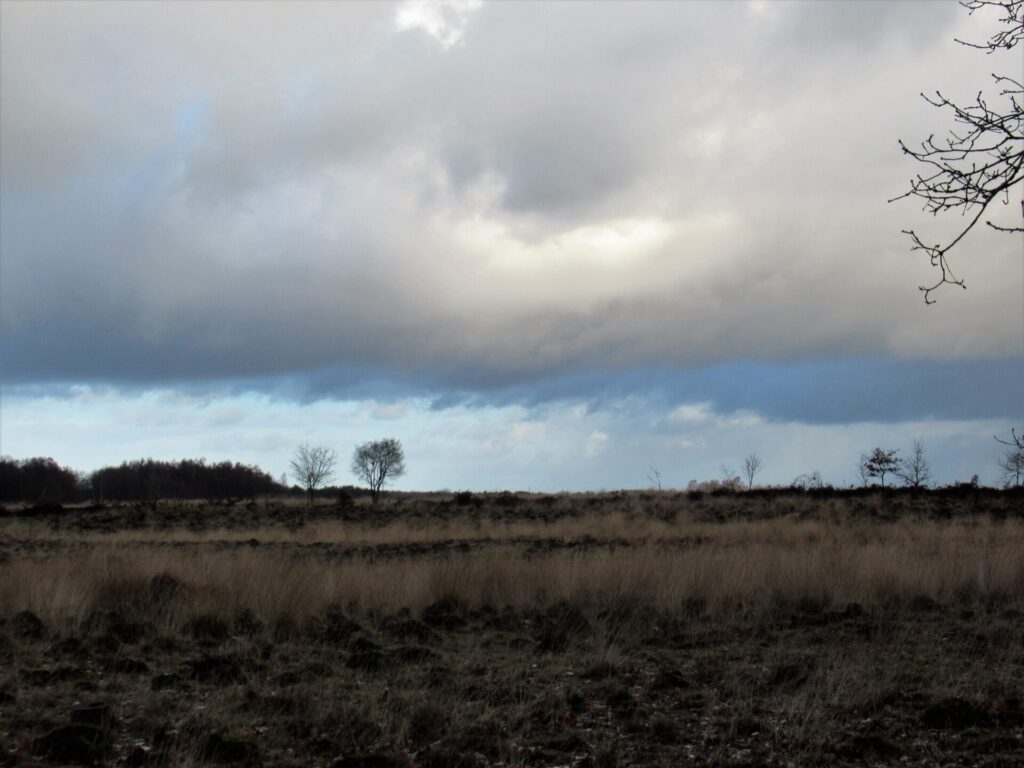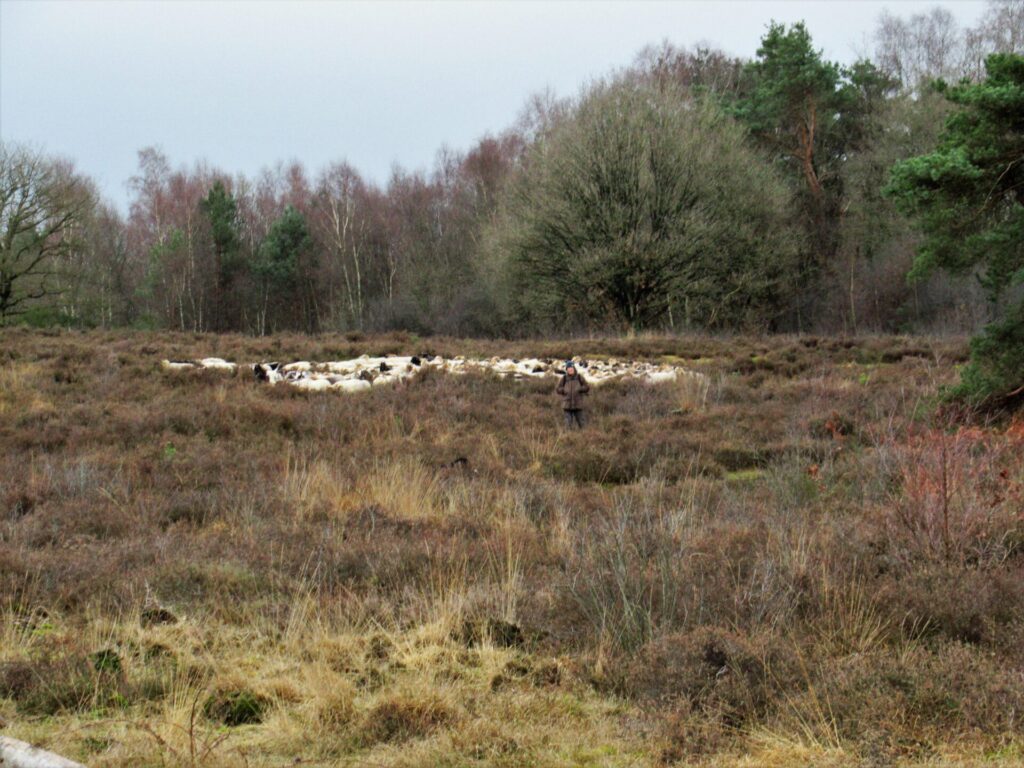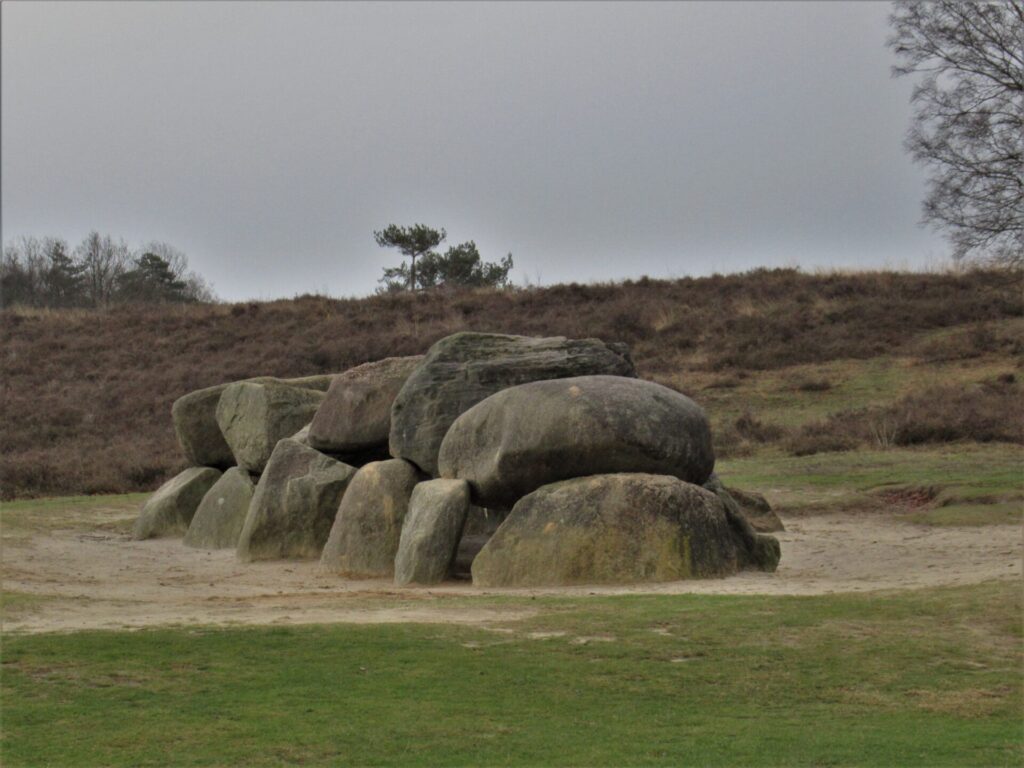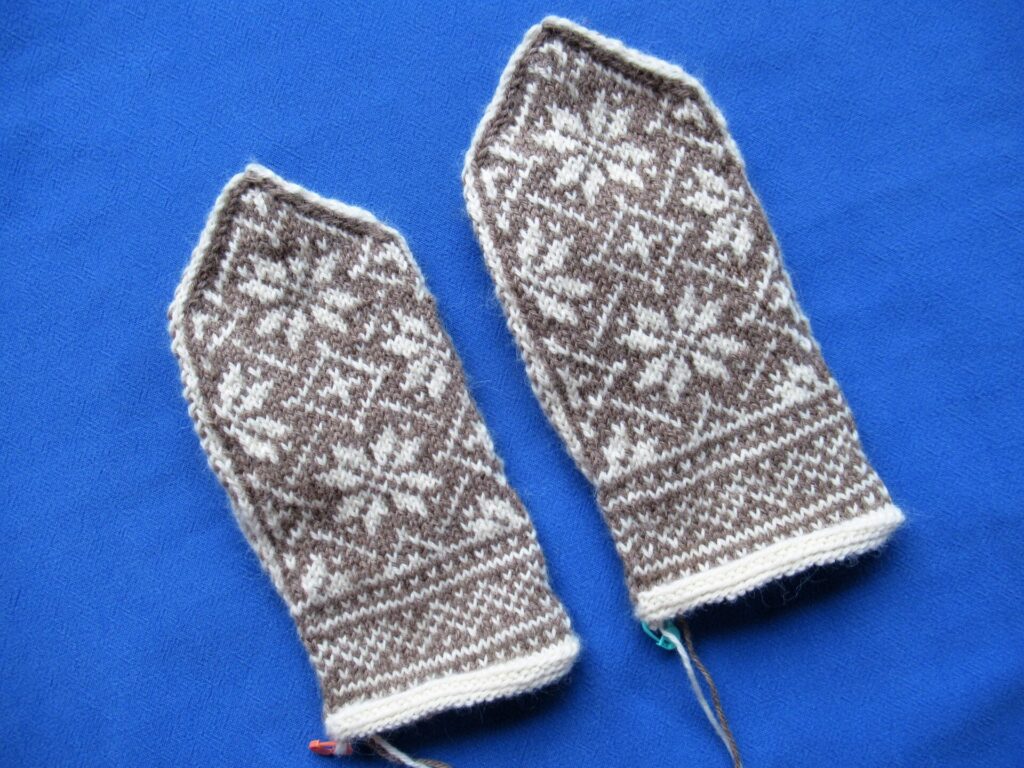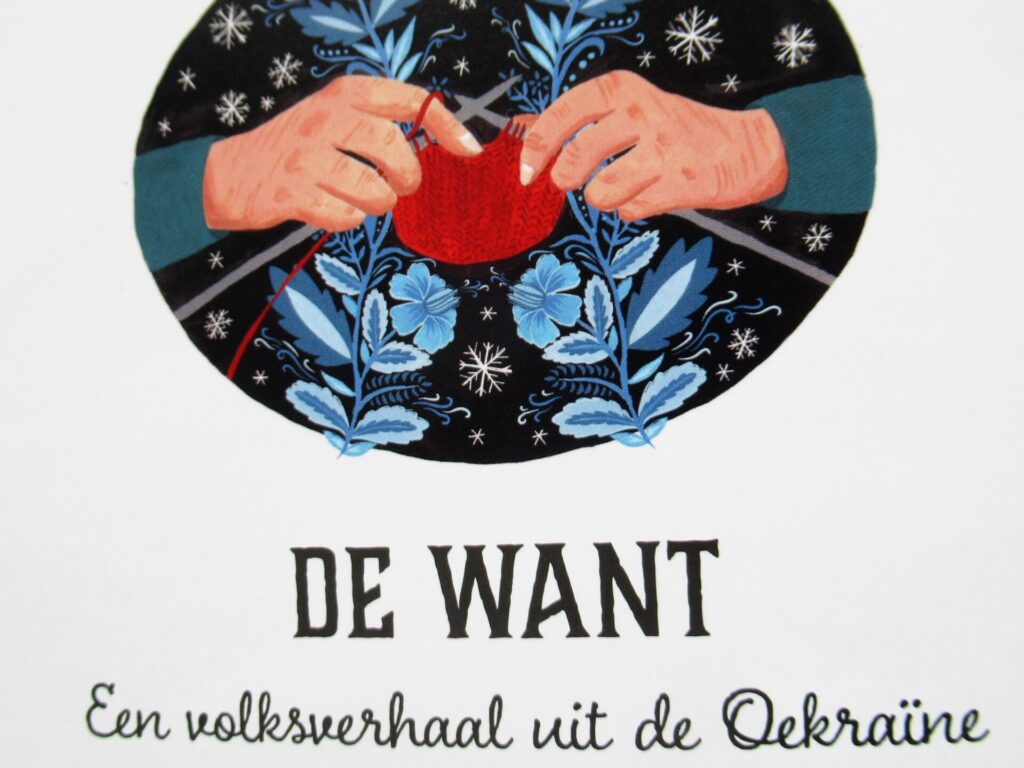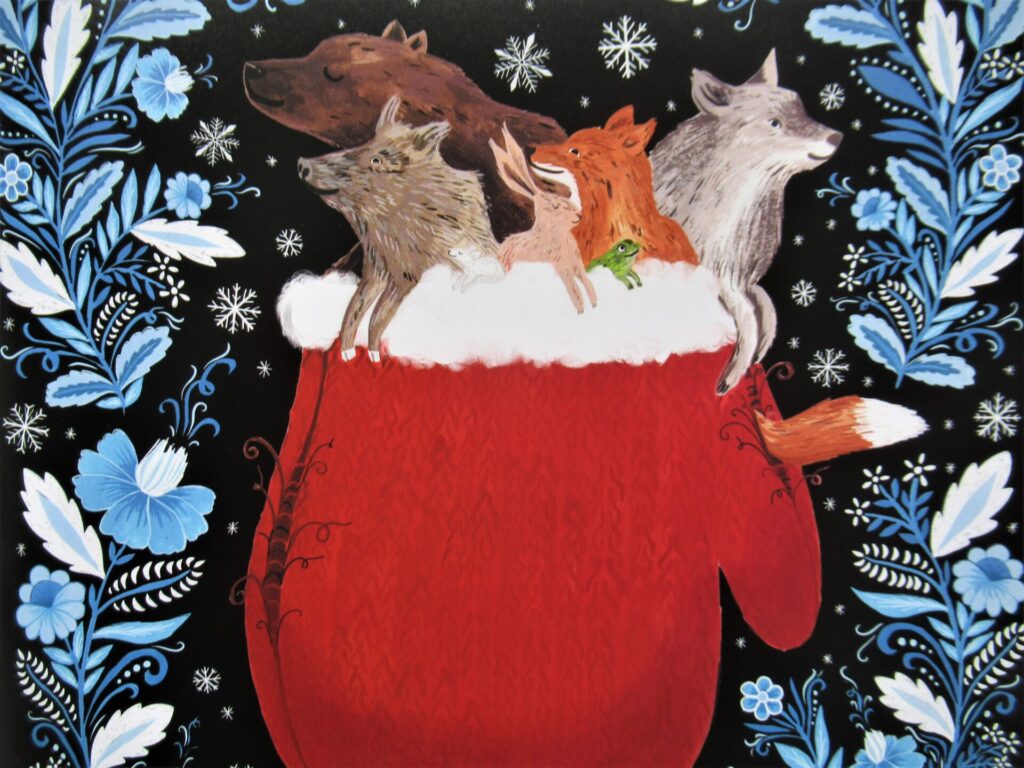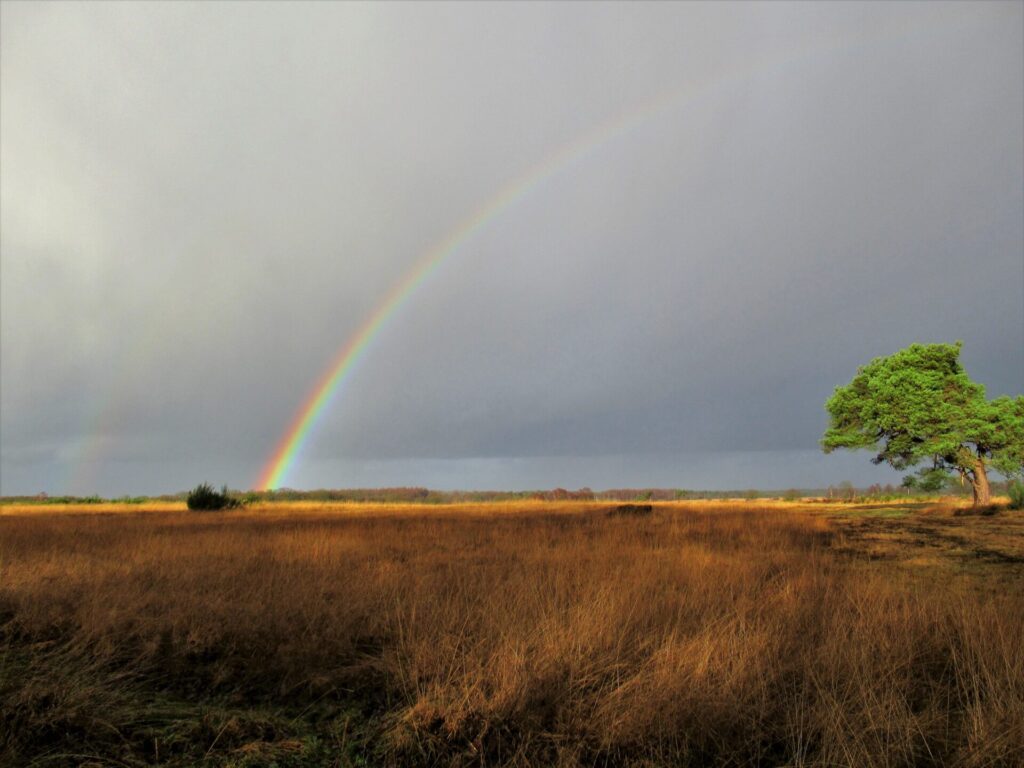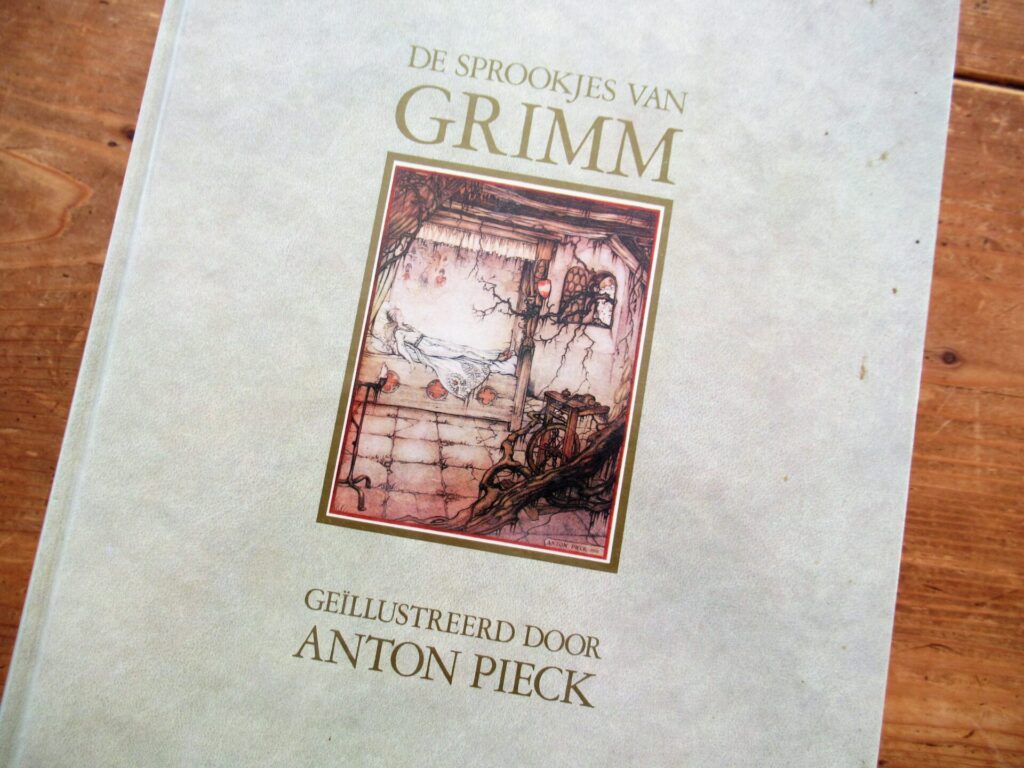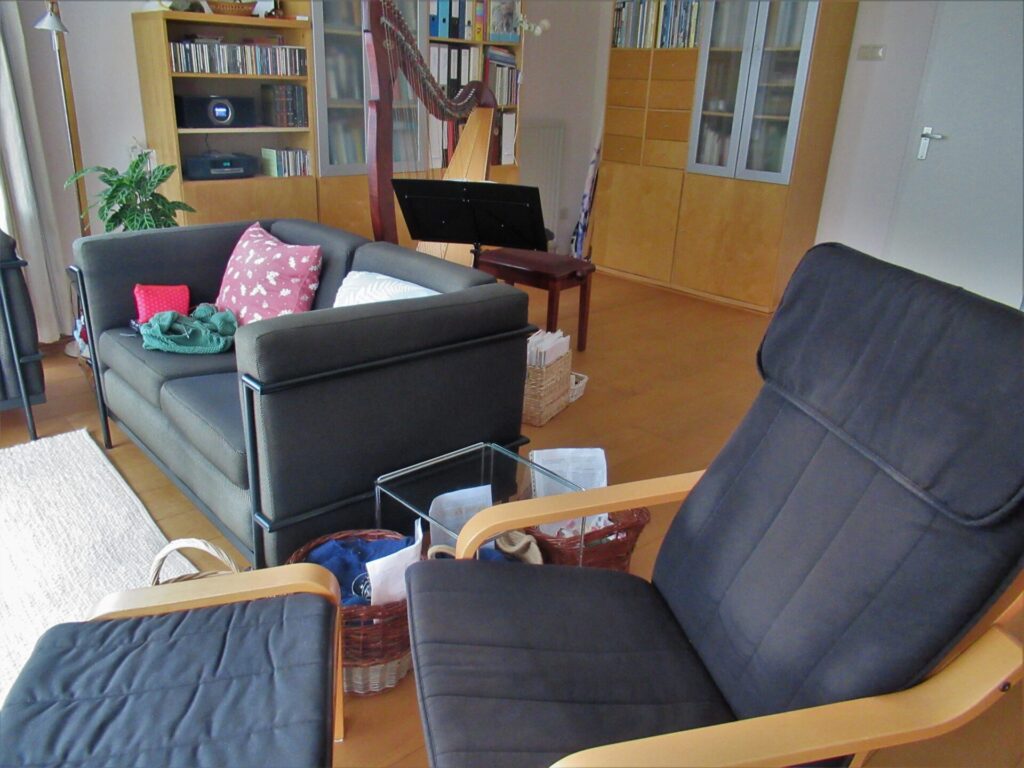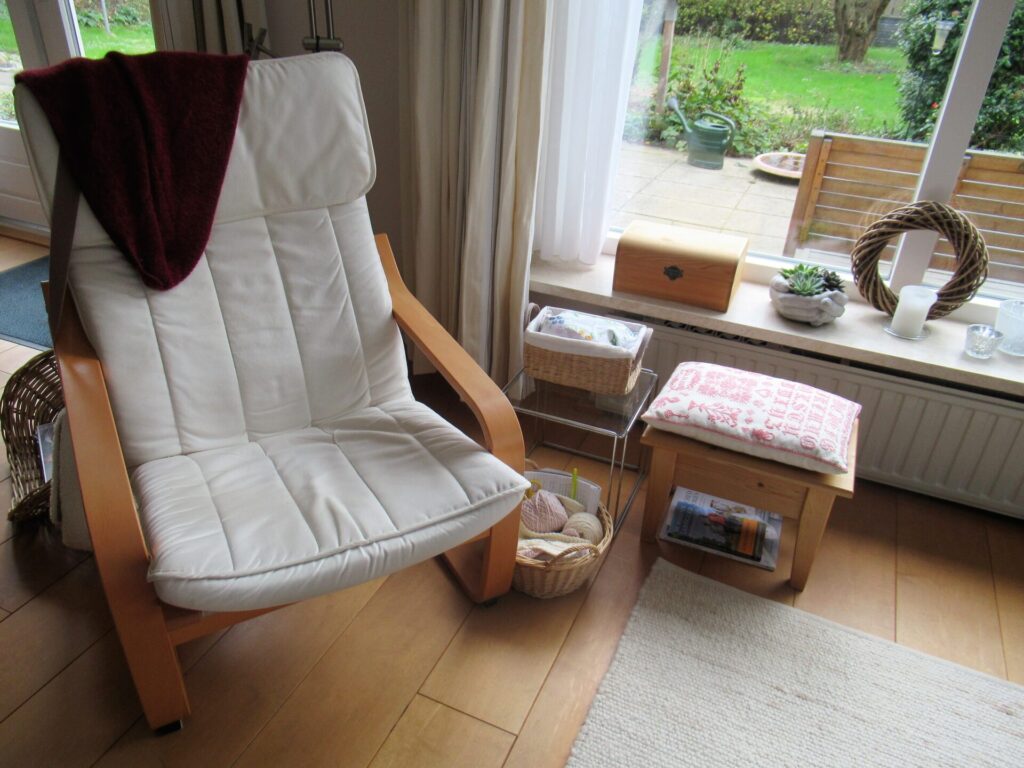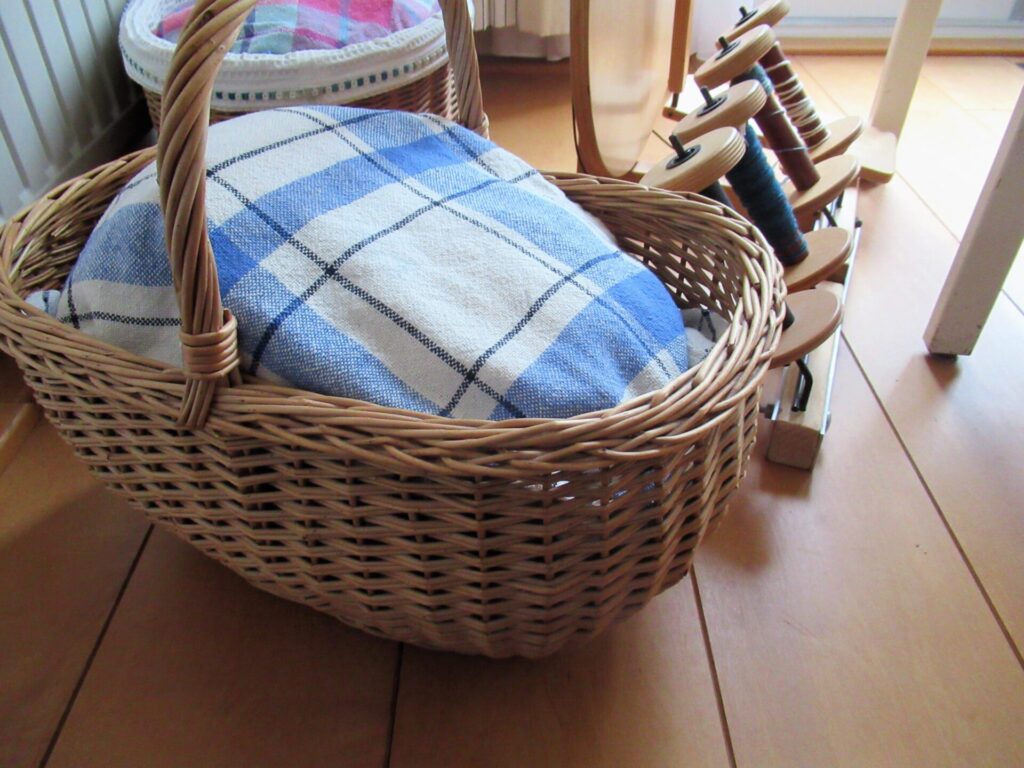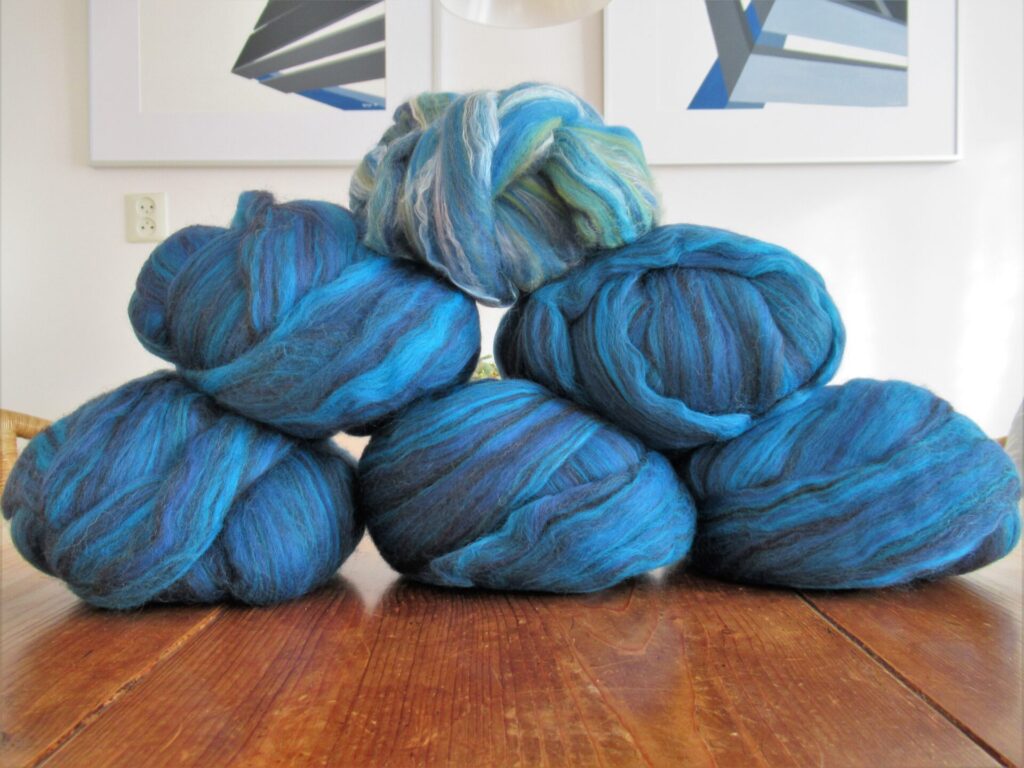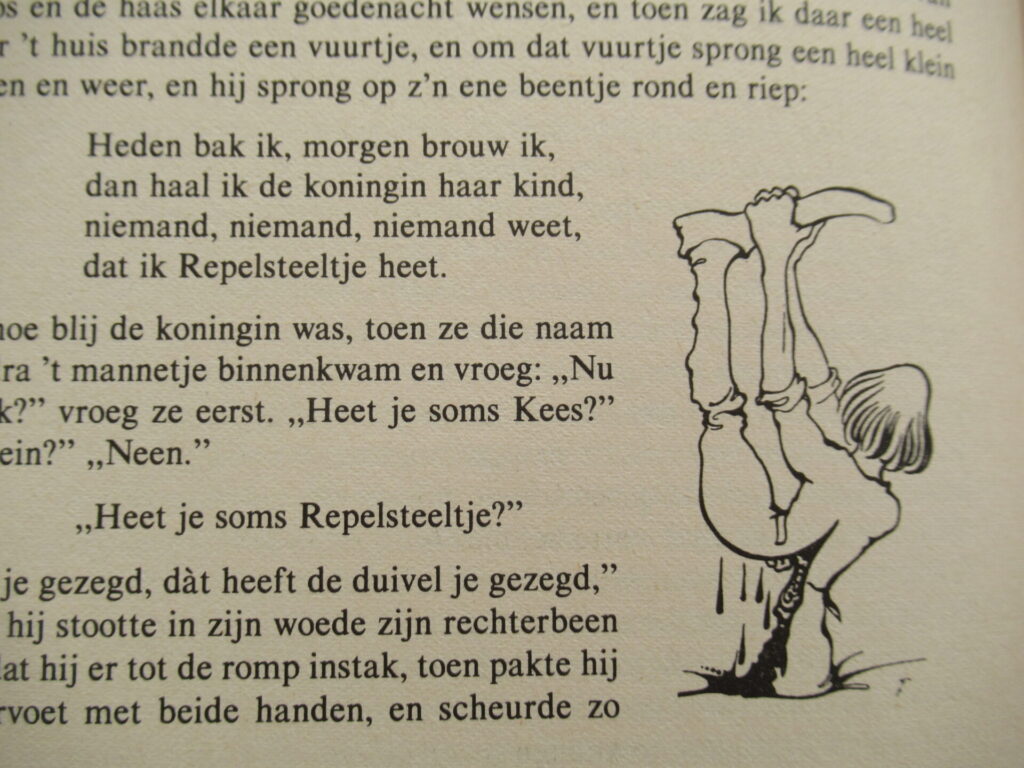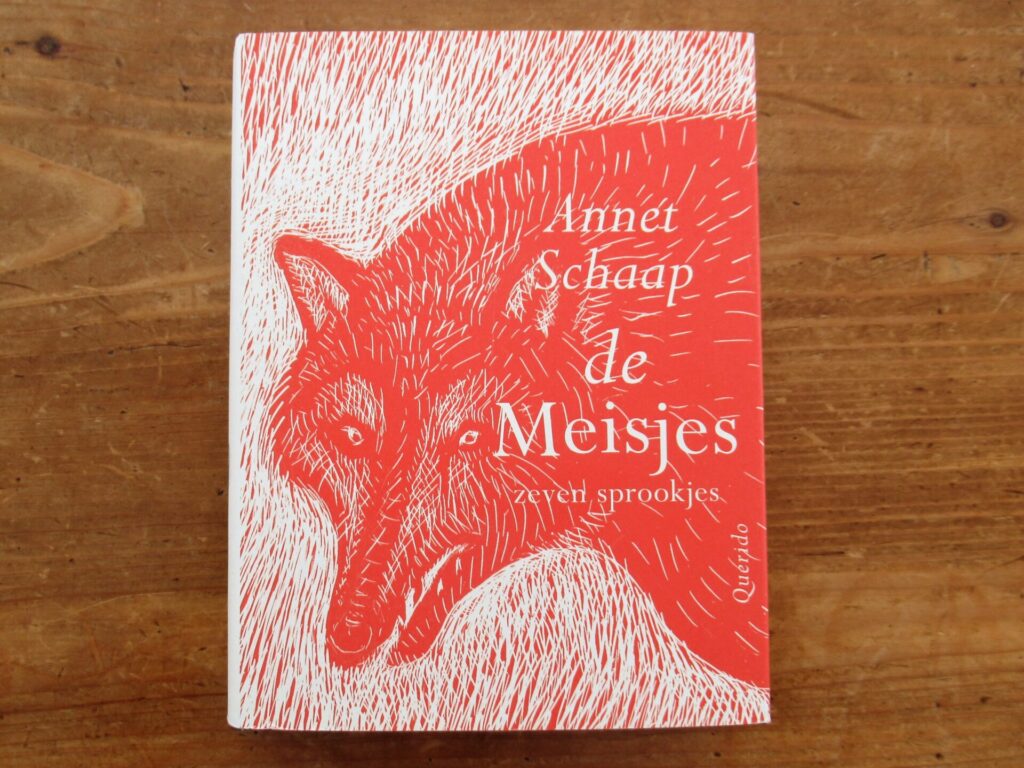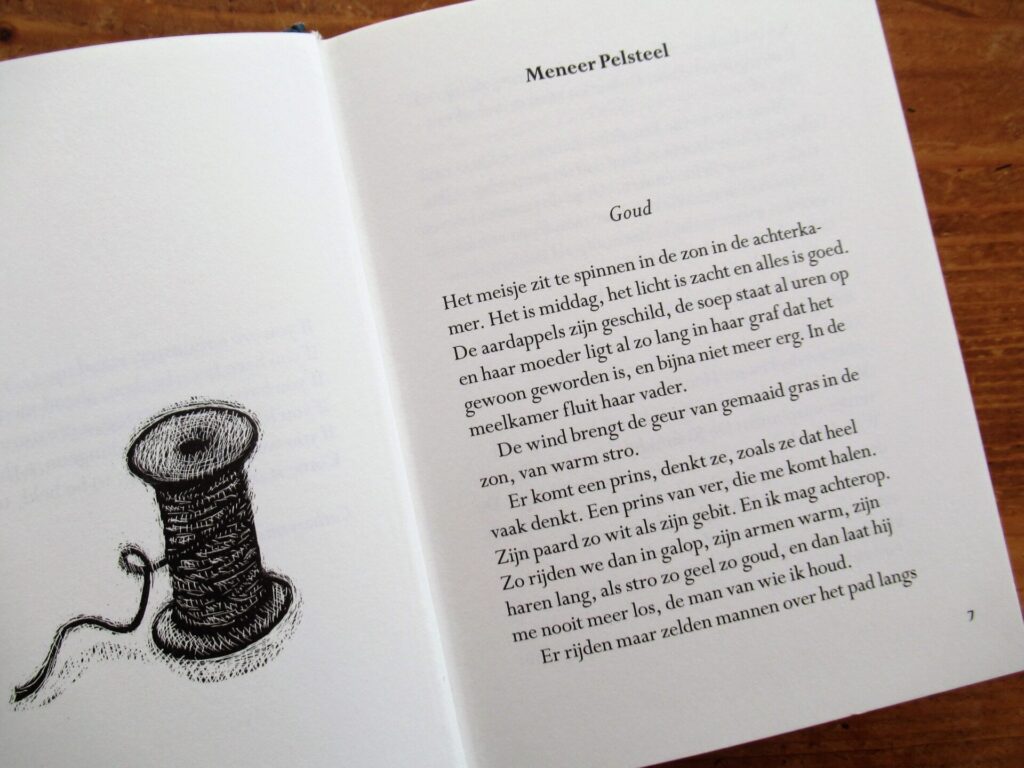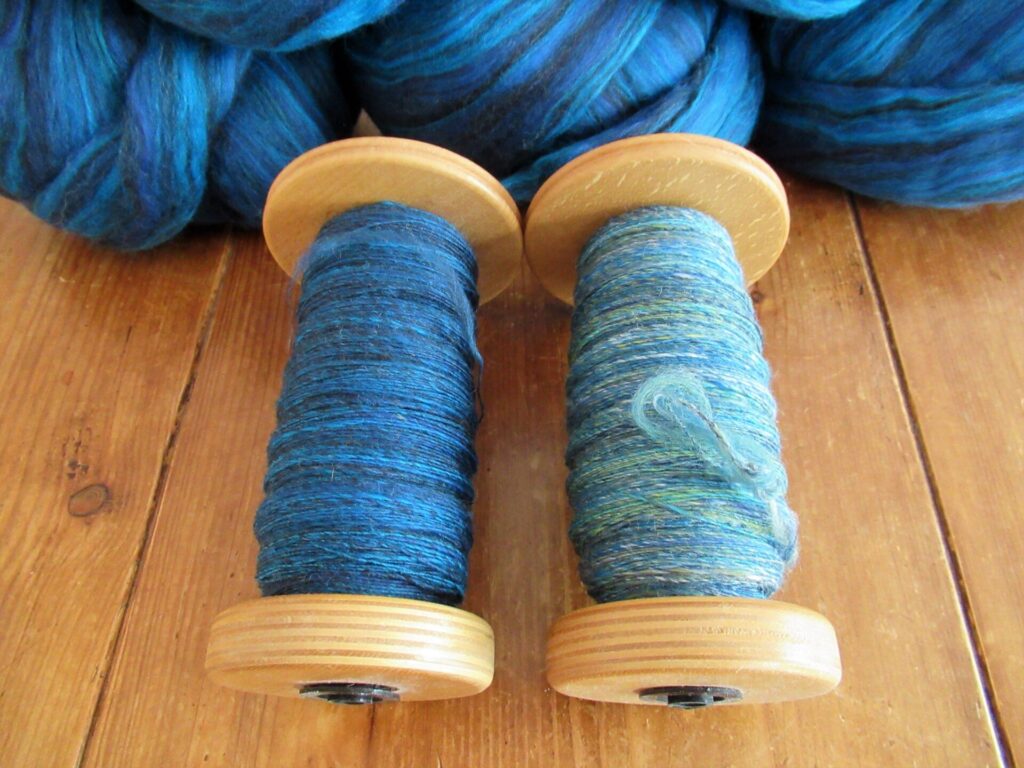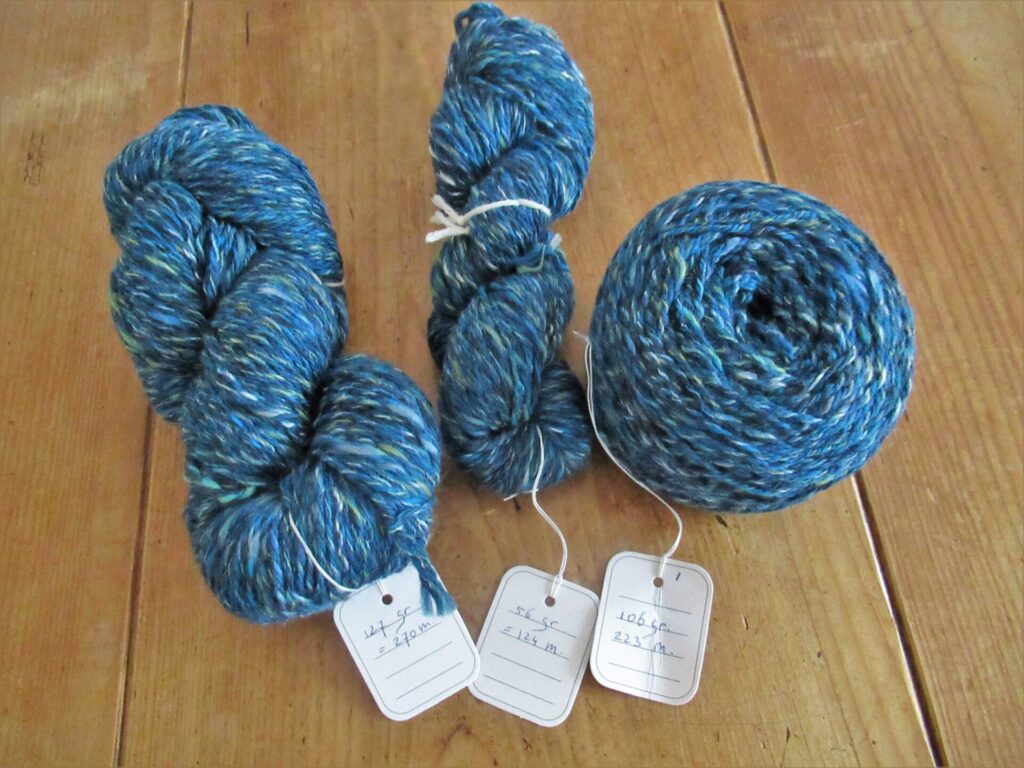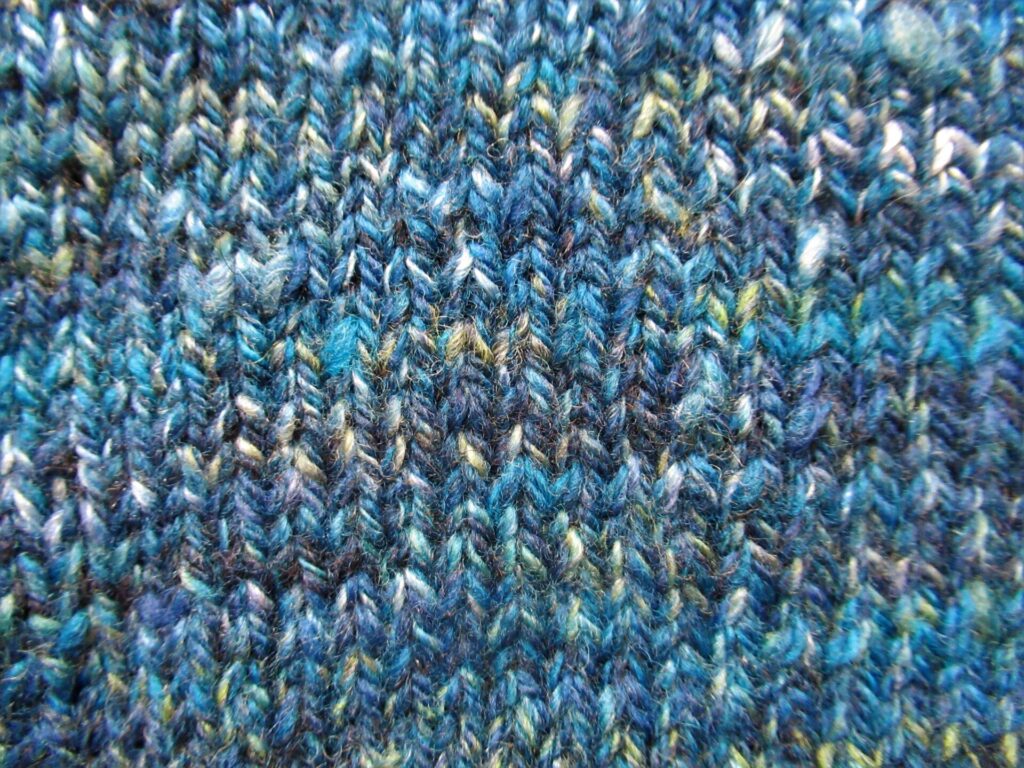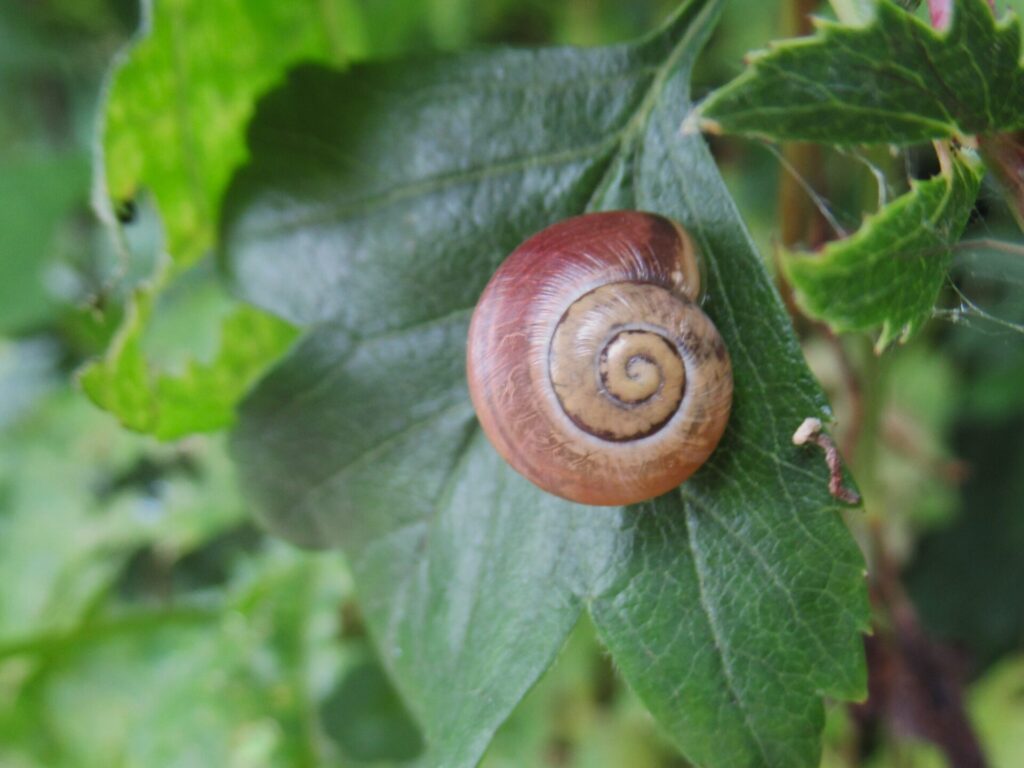
Hello! Almost August. All schools are closed. Many people are away on holiday or will be going soon. And even more people have come to spend their summer holidays here, cycling and canoeing, sailing and sightseeing. We’re not going anywhere (having already had a holiday in May), but I do feel the need to slow down a bit. Usually I’m buzzing about like a bee, but in August, I’d like to be more like a snail, taking things slow and withdrawing into my shell from time to time.
That doesn’t mean I won’t be here, on my blog, but it does mean that my posts will take on a different shape. Maybe I’ll send you a few ‘postcards’. Maybe I’ll take you along on an outing. Maybe I’ll have some knitting or other crafts inspiration to share. I don’t know yet, but I’m fairly sure my August posts will involve fewer words. Today’s post will still be an ordinary chatty one, though, with some knitting, two books and a few other small things.
My Lang Yndlingskofte is growing nicely.
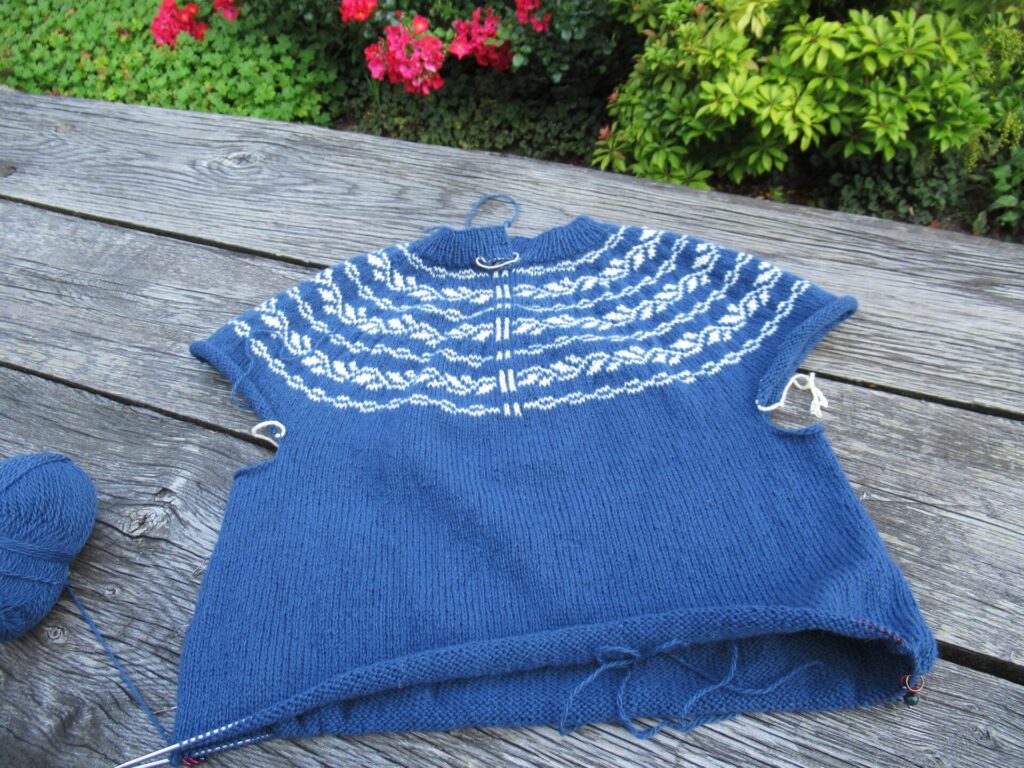
Only the yoke has colourwork in it – the rest is just plain stocking stitch. So there’s room for some more Norwegian colourwork alongside. I already have the idea and yarn for that and can start swatching.
Speaking of swatching, I’ve knit a couple of swatches using Ístex Léttlopi. I’ve never used it before because it feels rather, ehm, rustic on the skein. I very much want to like it, though, because it comes in so many beautiful colours, is an ideal weight for warm winter sweaters and because it comes from Iceland. But won’t it be terribly scratchy? Will I be able to wear it at all?
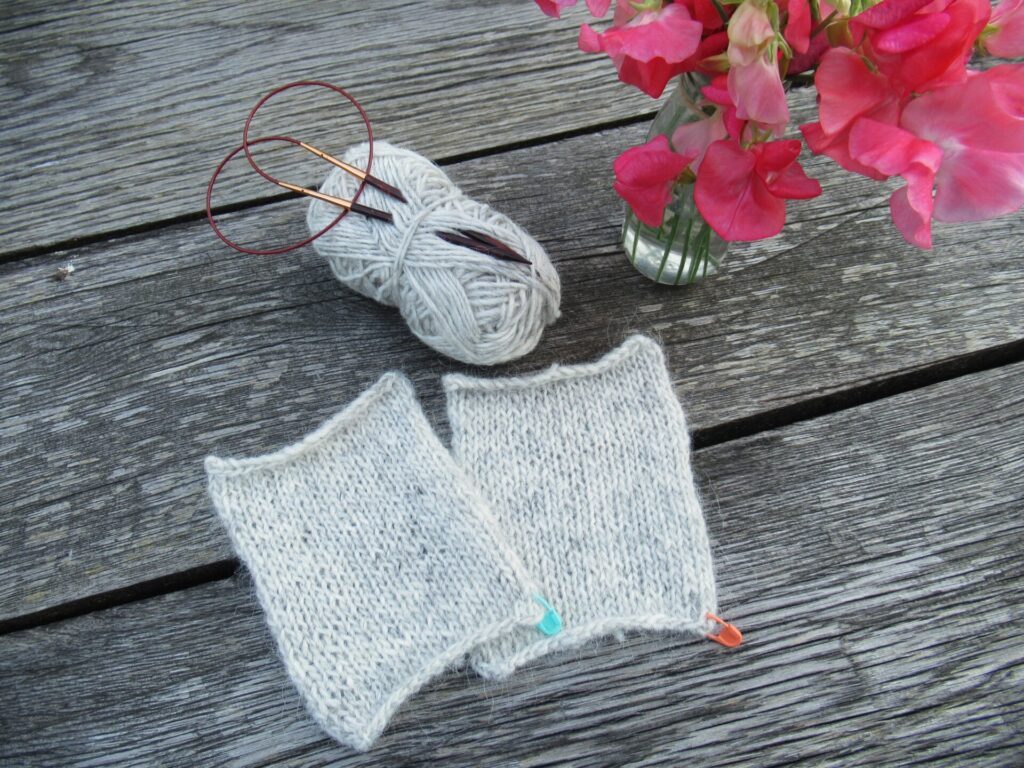
After knitting and washing the swatches, it feels considerably softer. Not supersoft, but maybe just about soft enough to wear. Should I give it a try and use it for a sweater? Have you ever used it? What do you think?
The pink sweet peas next to the swatches were a thank-you gift from my knitting student’s garden. Aren’t they gorgeous? In our last lesson before the summer break, she finished the wedding ring cushion she’s been knitting for her sister’s upcoming wedding. For the scalloped edges she also had to learn to crochet – a steep learning curve, but she did it! Before the ceremony, the wedding rings will be fastened to the cushion with the ribbon tied in a bow.
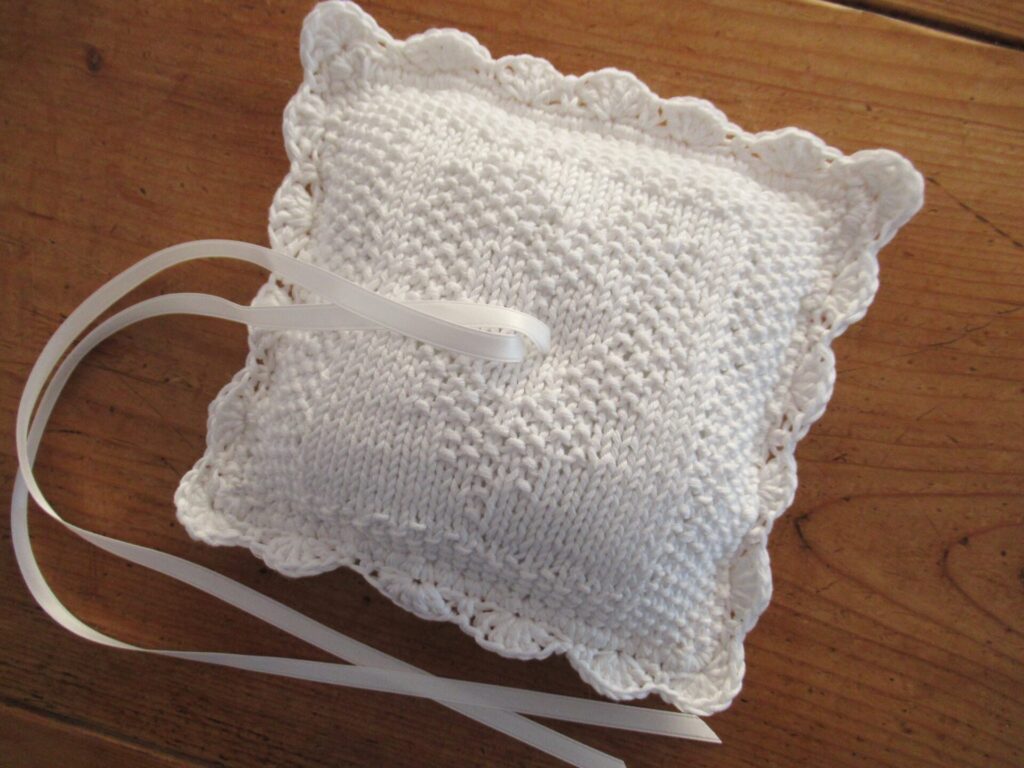
The cushion measures approximately 14 x 14 cm/5½ x 5½ in. We substituted a mercerized cotton for the silk yarn used in the pattern, and an improvised scalloped edging for the pattern’s simple one.
The pattern is from Luxury Yarn One-Skein Wonders: 101 Small Indulgences (Storey Publishing 2008, Ed. Judith Durant). The book can be found here on Ravelry. There is a whole series of these One-Skein Wonders books (Designer, Lace, Sock-yarn One-Skein Wonders etc.) and each one is filled with great ideas for small gifts.
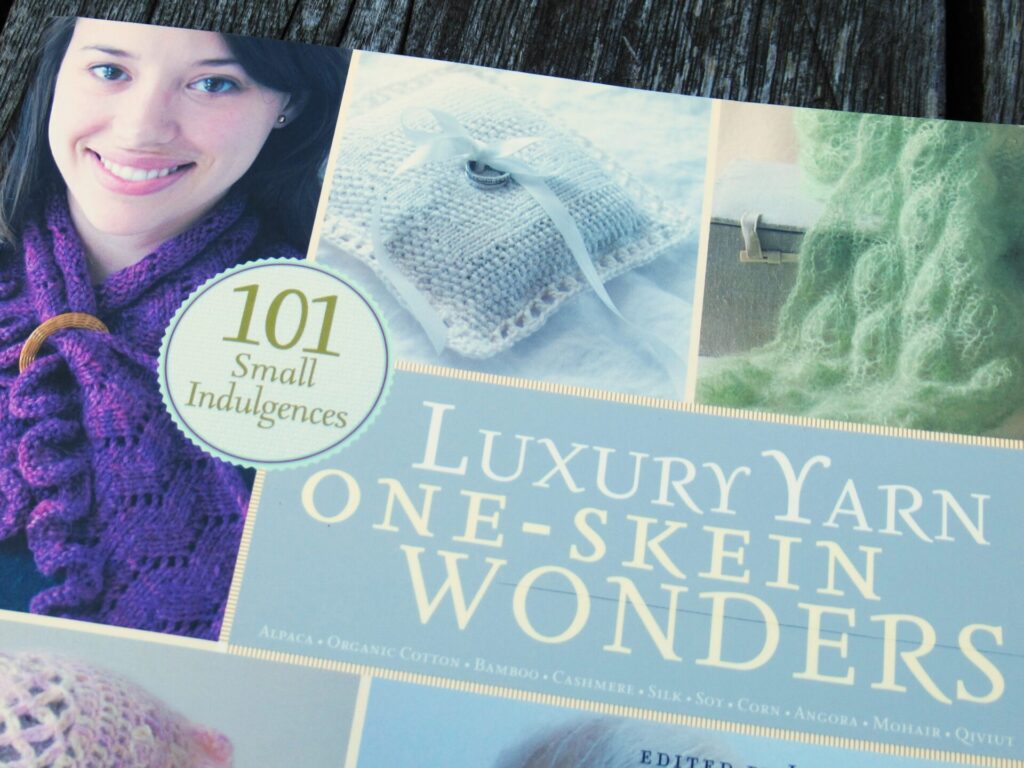
While knitting on the Norwegian Lang Yndlingskofte I’ve also been reading a Norwegian novel – The Ice Palace by Tarjei Vesaas (NO: Is-slottet; NL: Het ijspaleis). It is about two young girls: outgoing and popular Siss and quiet and withdrawn Unn. Shortly after they become fast friends, Unn disappears and Siss more or less freezes. It is a story of loss, grief and healing in which a frozen waterfall (the ice palace of the title) plays an important part.
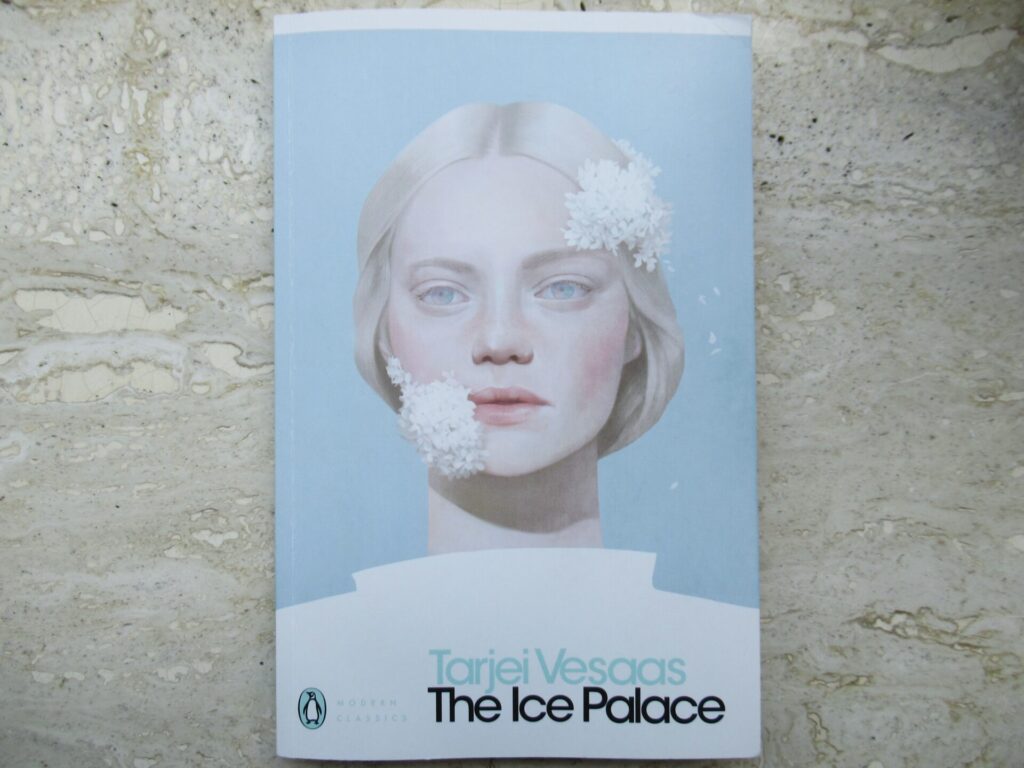
It’s a beautifully written and poetic story that couldn’t be anything else but Norwegian. Here is a quote (Penguin Modern Classics edition, p. 91):
“The pine needles stretch their tongues and sing an unfamiliar nocturnal song. Each tongue is so small that it cannot be heard; together the sound is so deep and powerful that it could level the hills if it wished.”
What I found particularly moving was how the girls’ classmates gather round and support Siss. In that sense The Ice Palace is the antithesis of William Golding’s Lord of the Flies with its children turning into little savages. The Ice Palace is a true gem – thank you for the tip E.!
I hope to read another Norwegian book in August, and also hope to have lots of quiet spinning time.
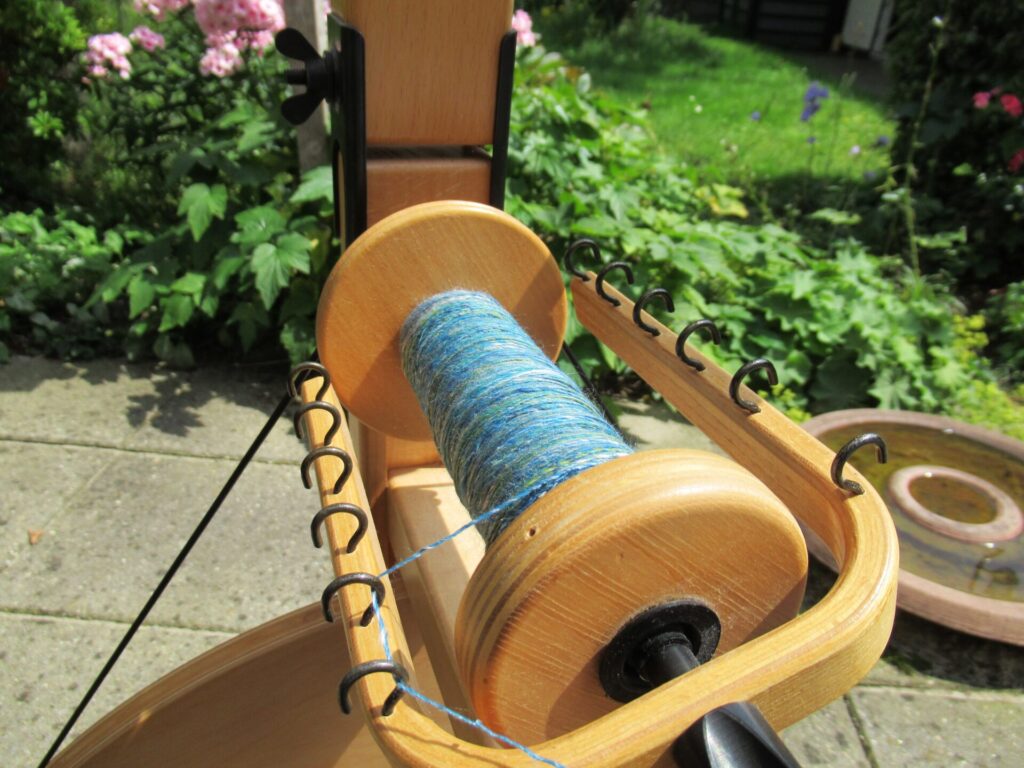
Before closing off, here is one last thing – the second of my embroidered cross stitch bees. (This one was a great exercise in French knots.) On the whole I don’t like tiles, artwork or crafts projects with “Be Happy” on them. To me, it feels like a brusque command to do something I’m afraid I’ll fail miserably at. Happiness is such a fleeting thing.
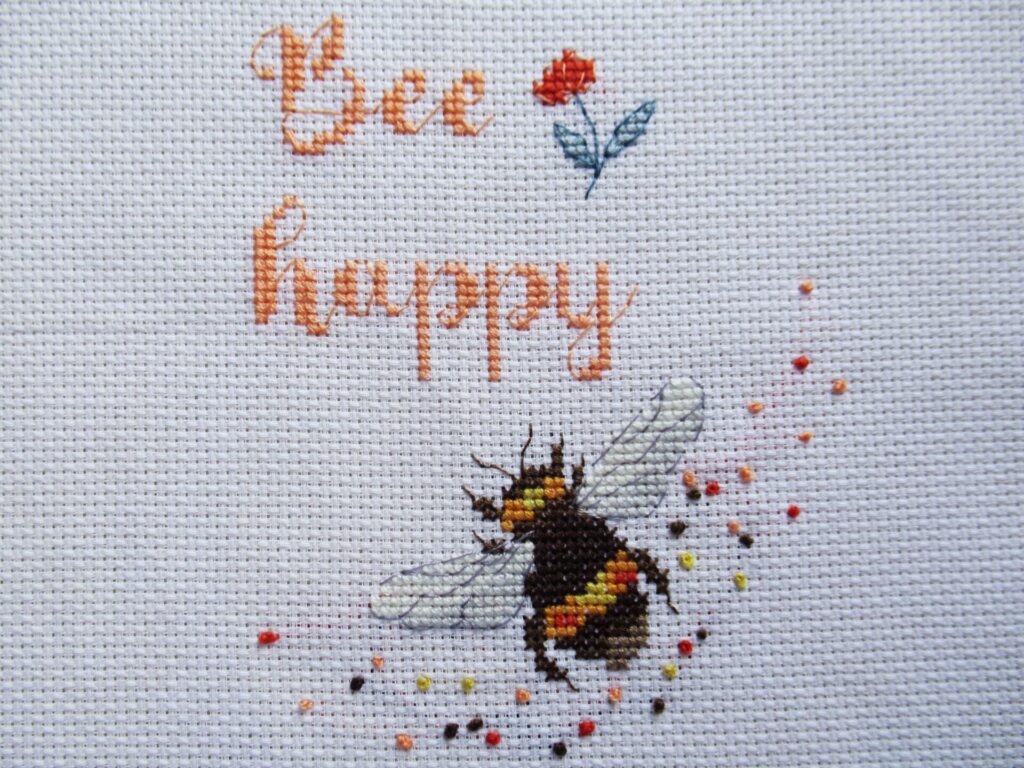
But this time I’m taking it to mean:
May you be happy, may you be well, may you be peaceful and at ease for many moments every day.
A far less catchy and embroiderable phrase, I know, but I prefer this kind of nuance and gentleness. Whether you’re staying at home or going away on holiday, this is my wish for all of you.
